Day 37 - Unzen Volcanic Mountain To Shimabara, The Kyushu 108 Temple Pilgrimage, Japan
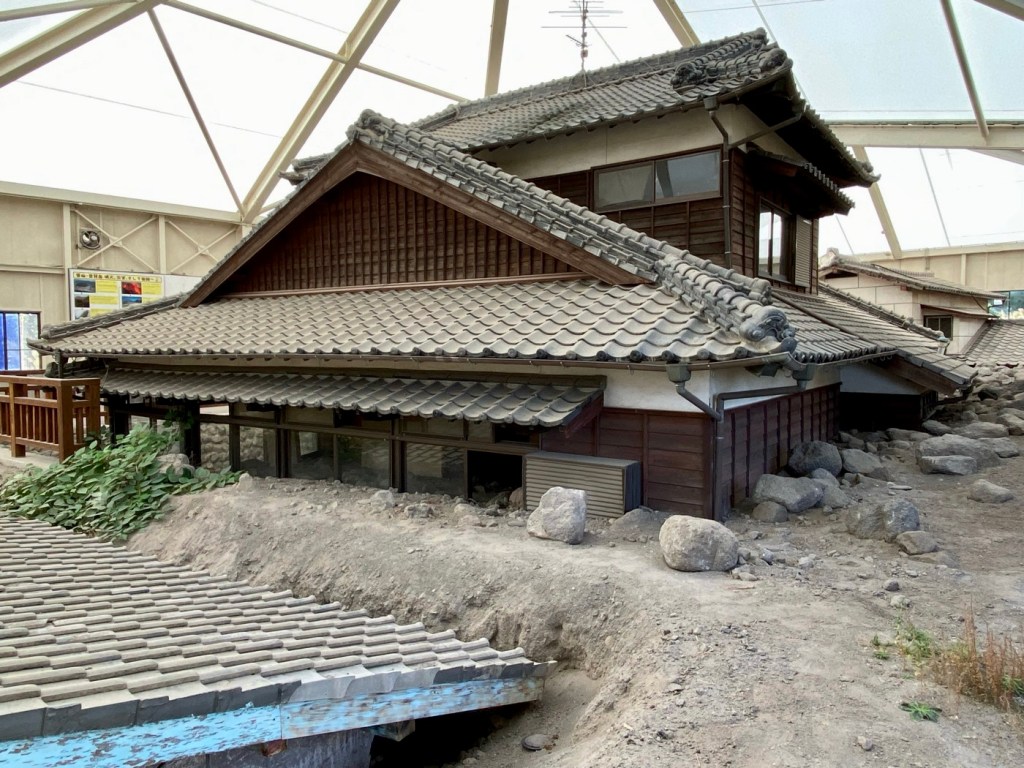
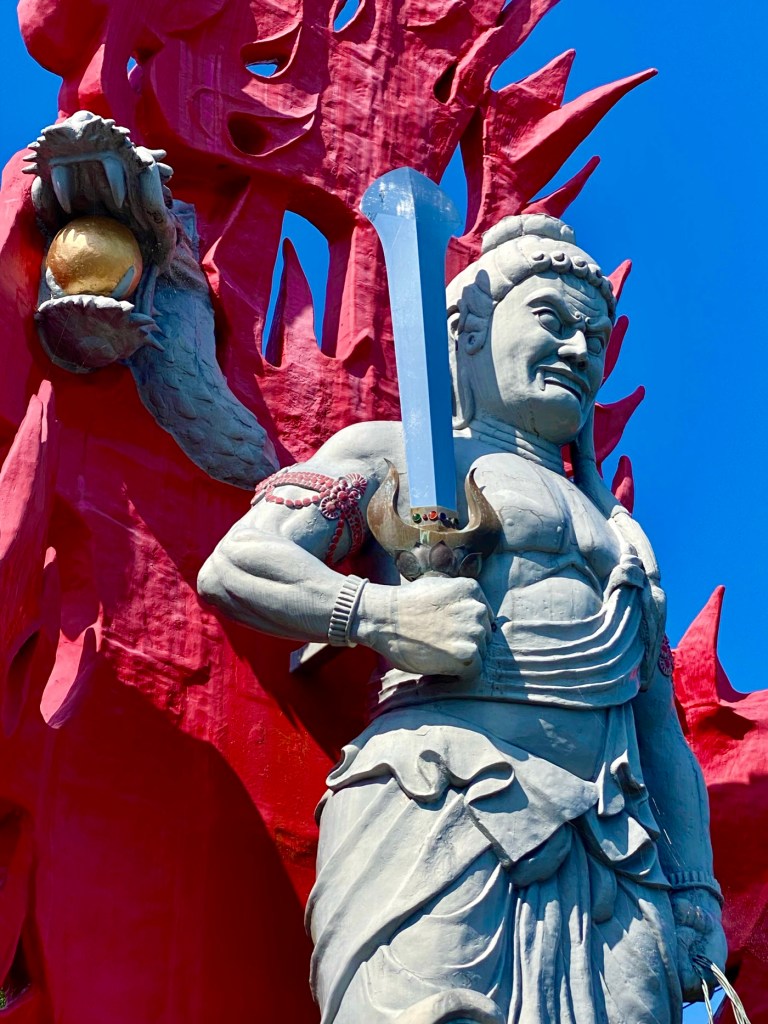
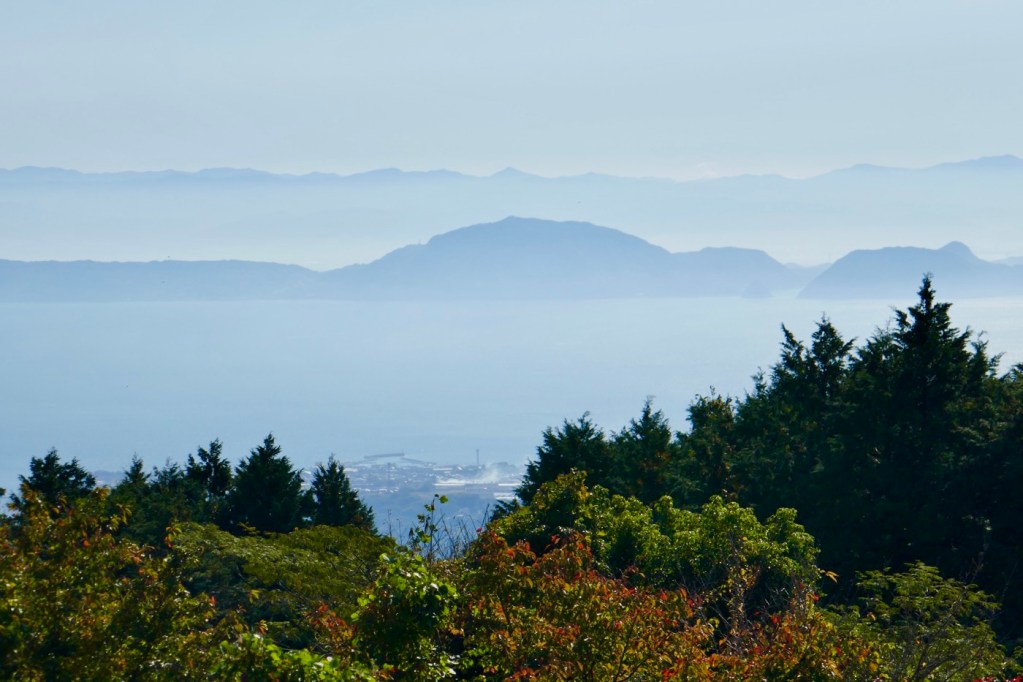
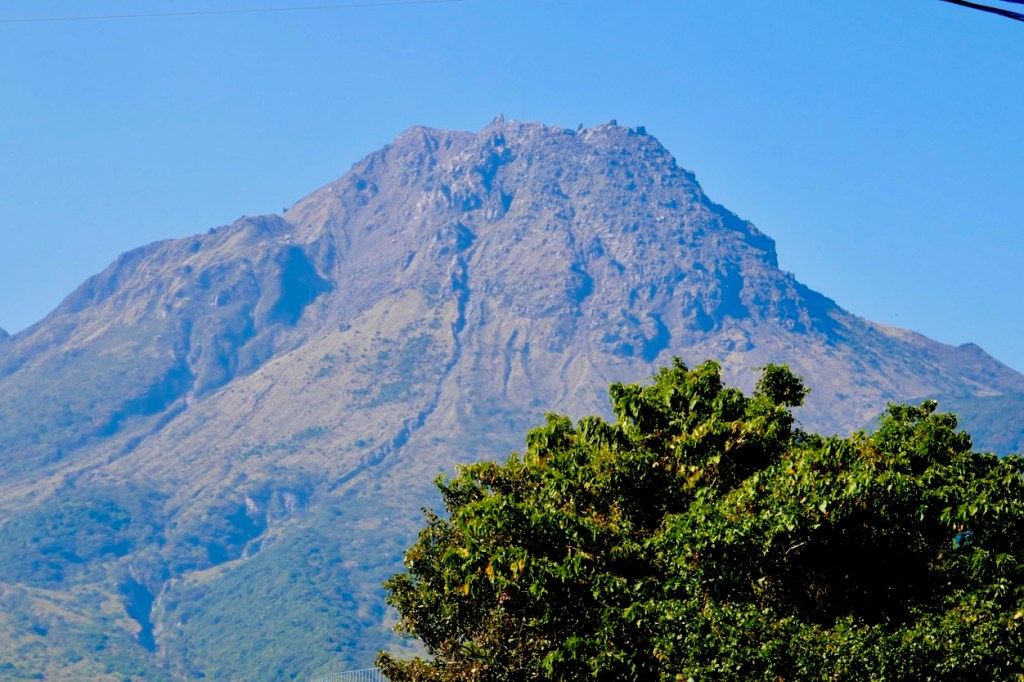
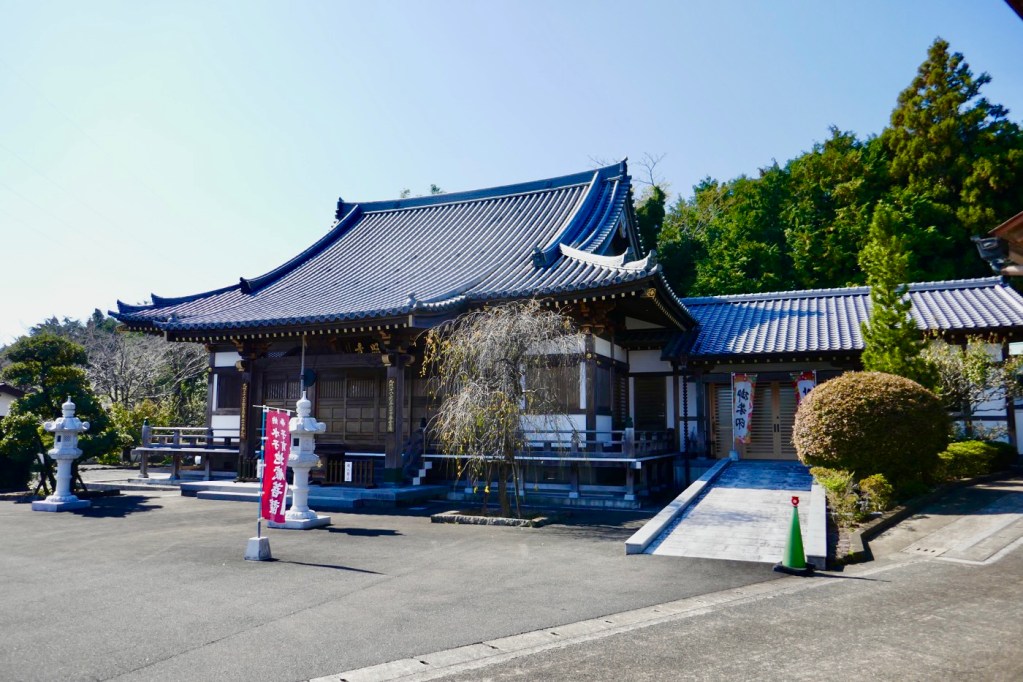
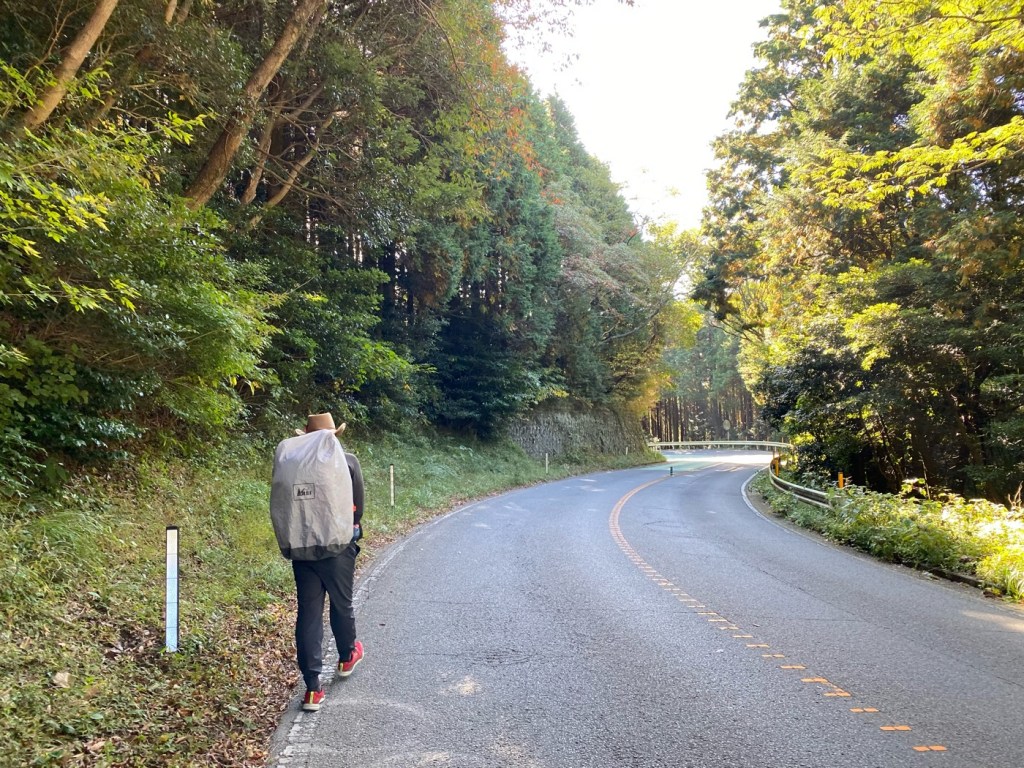
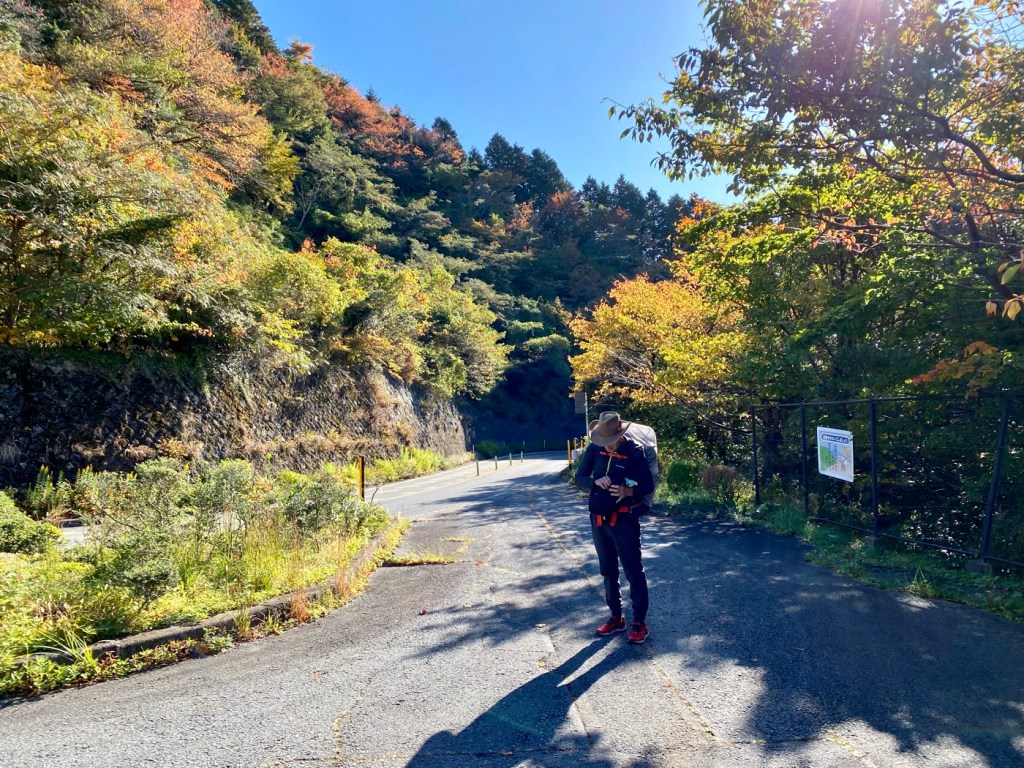
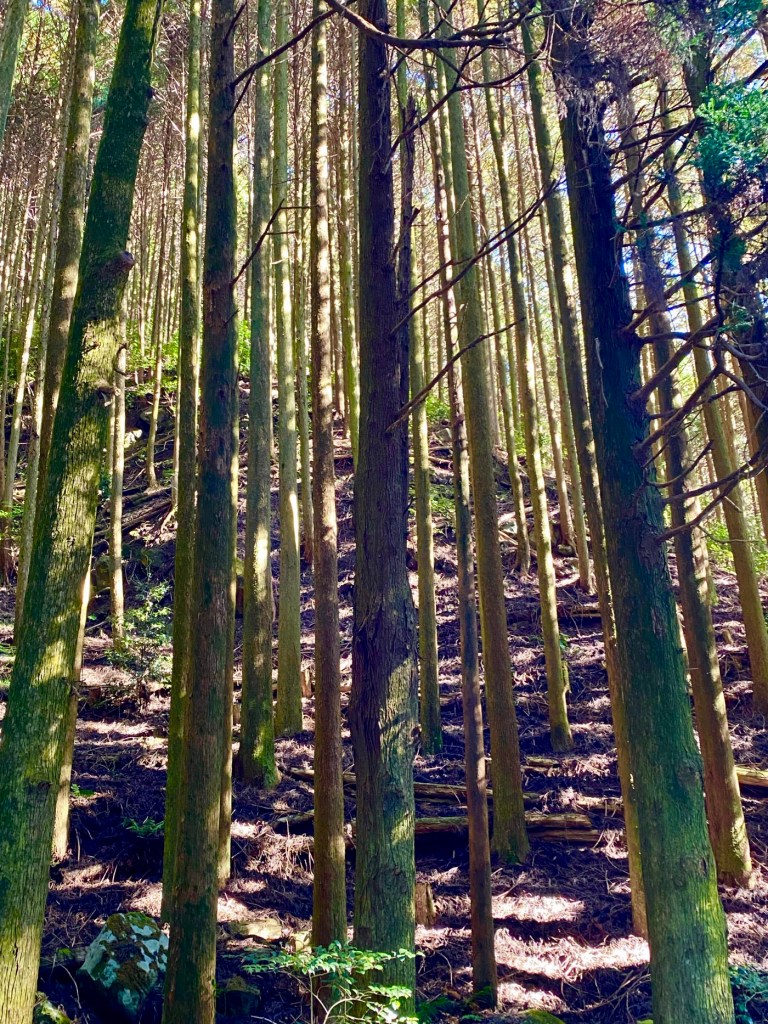
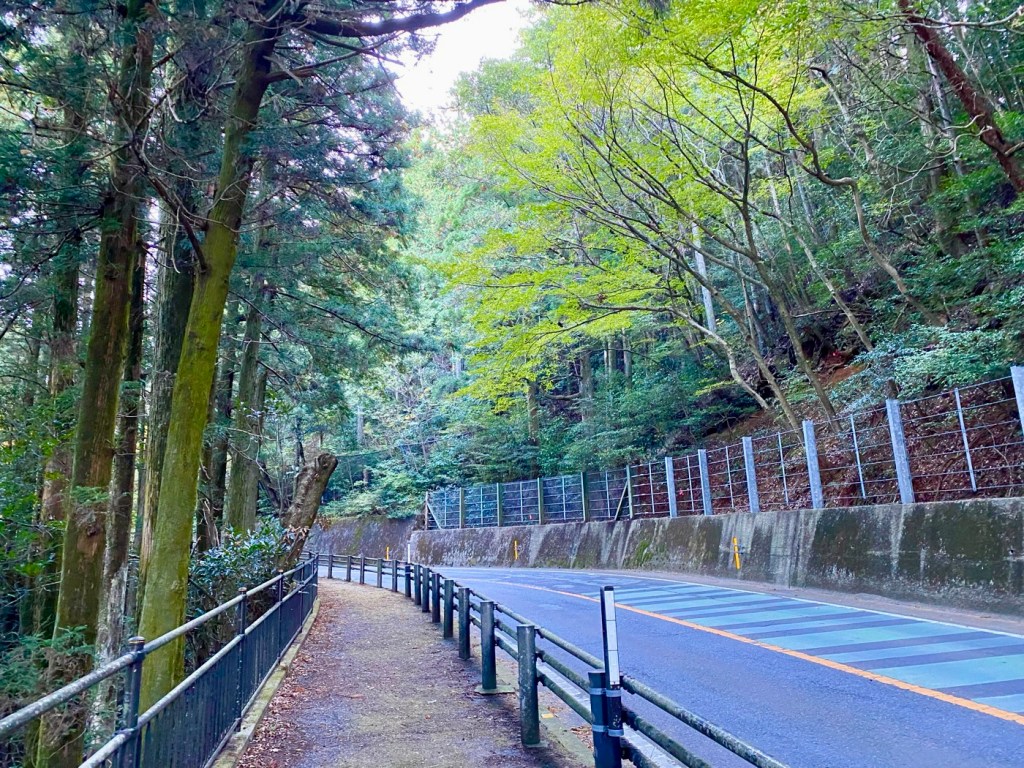
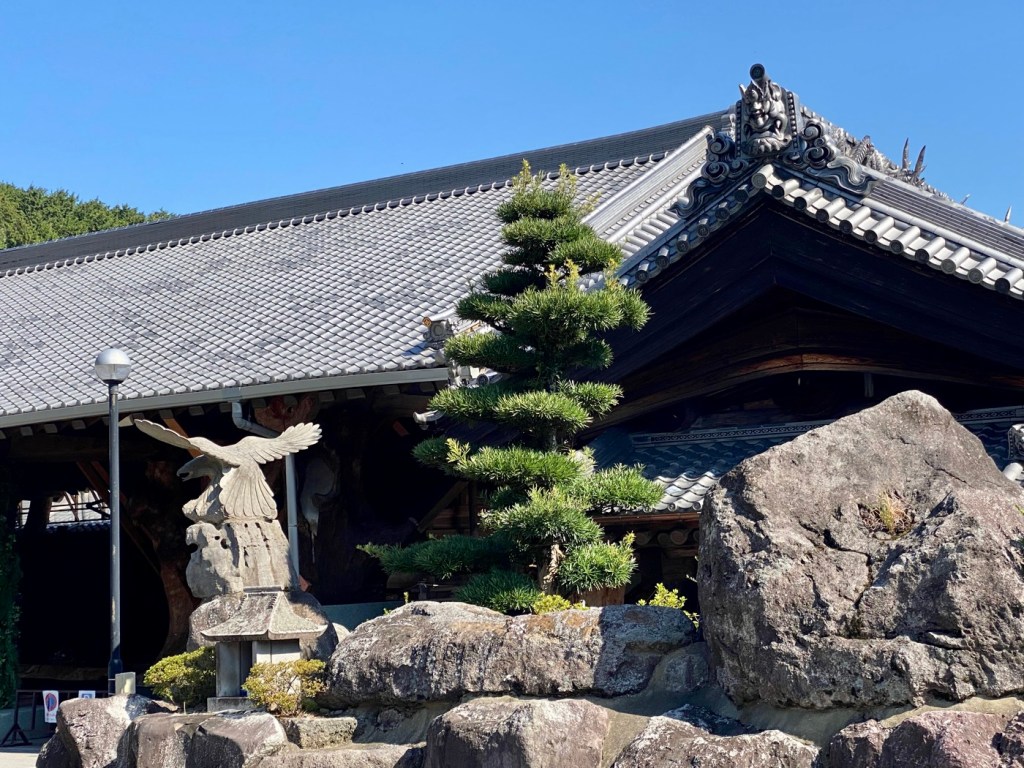
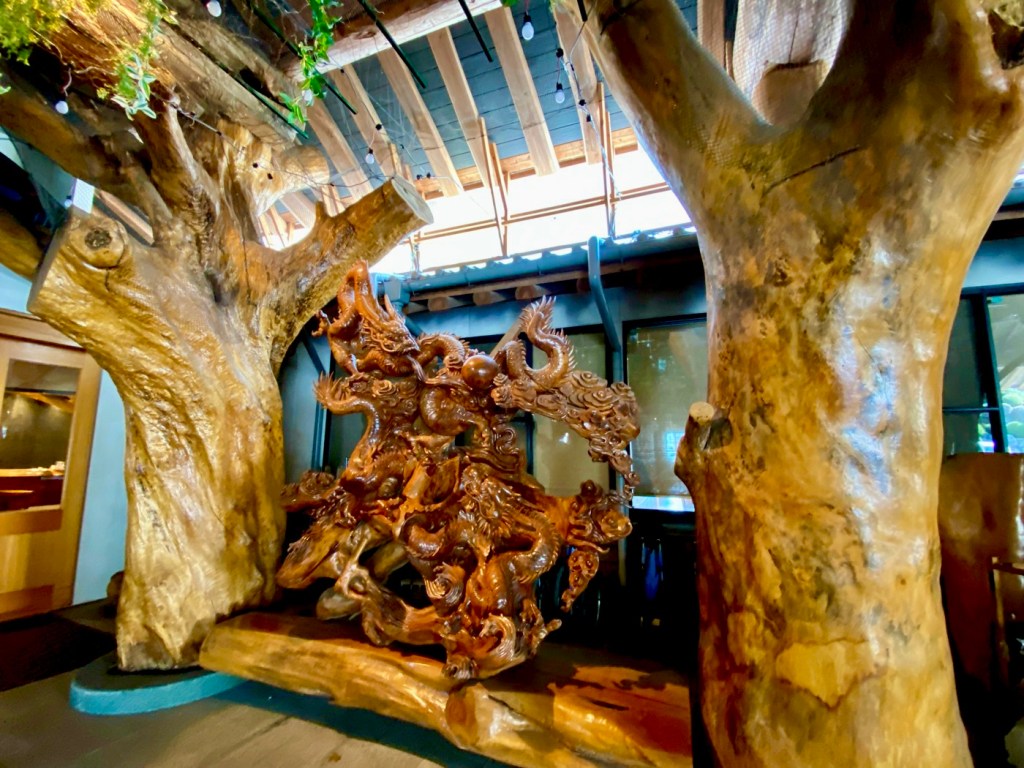
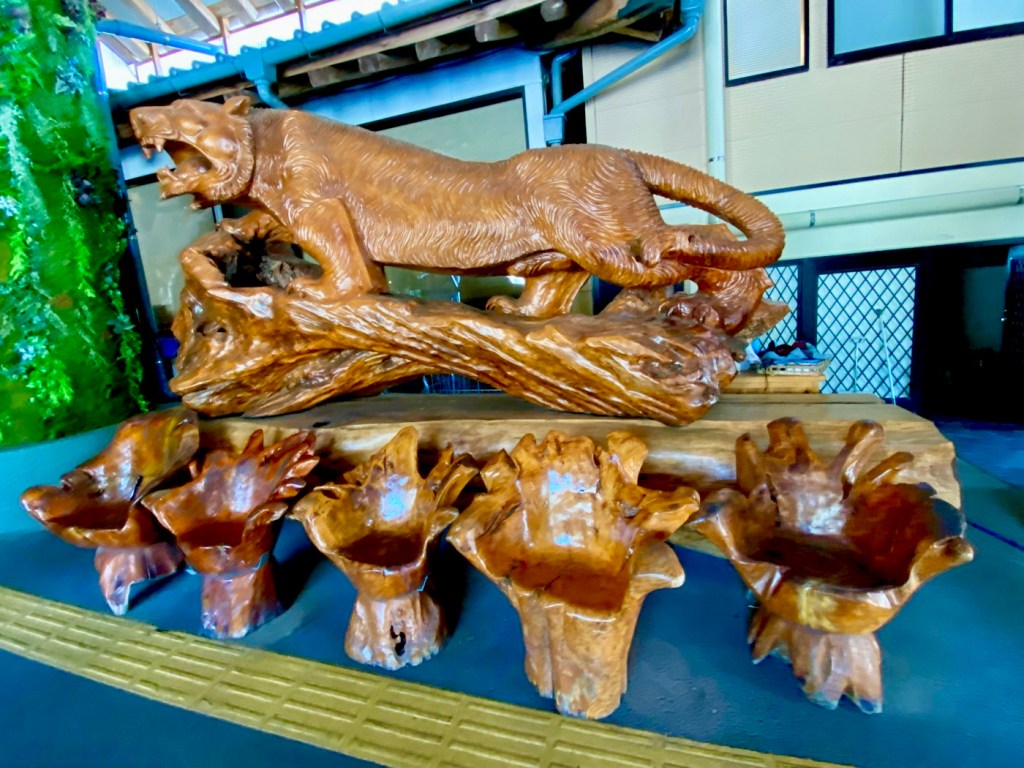
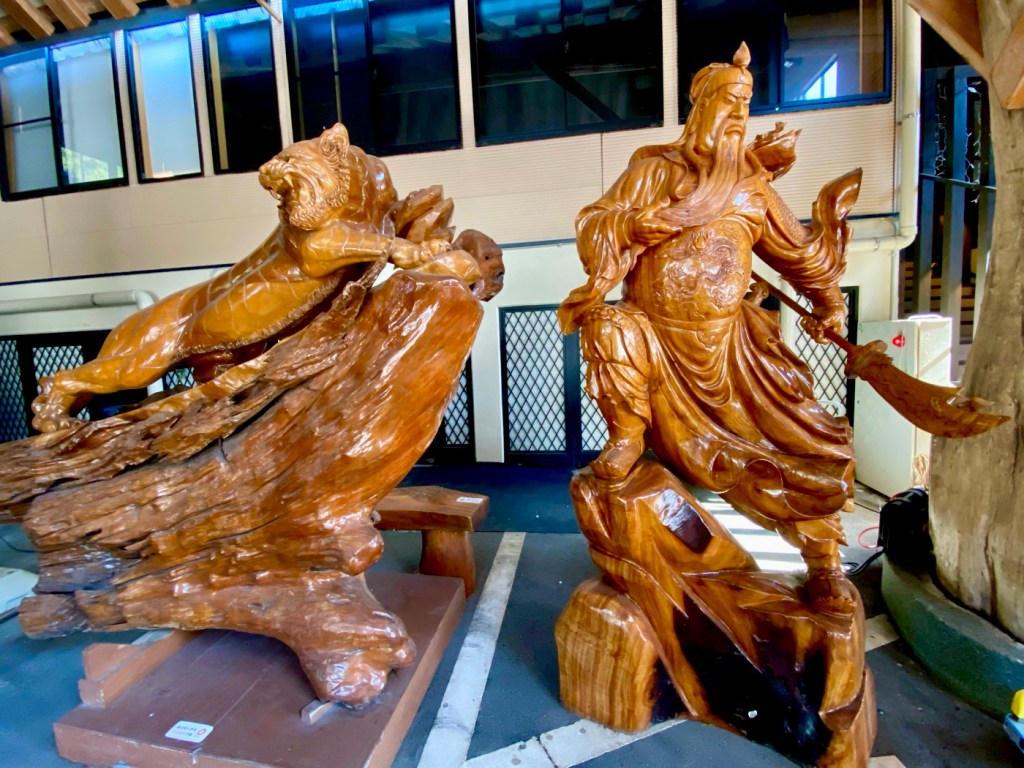

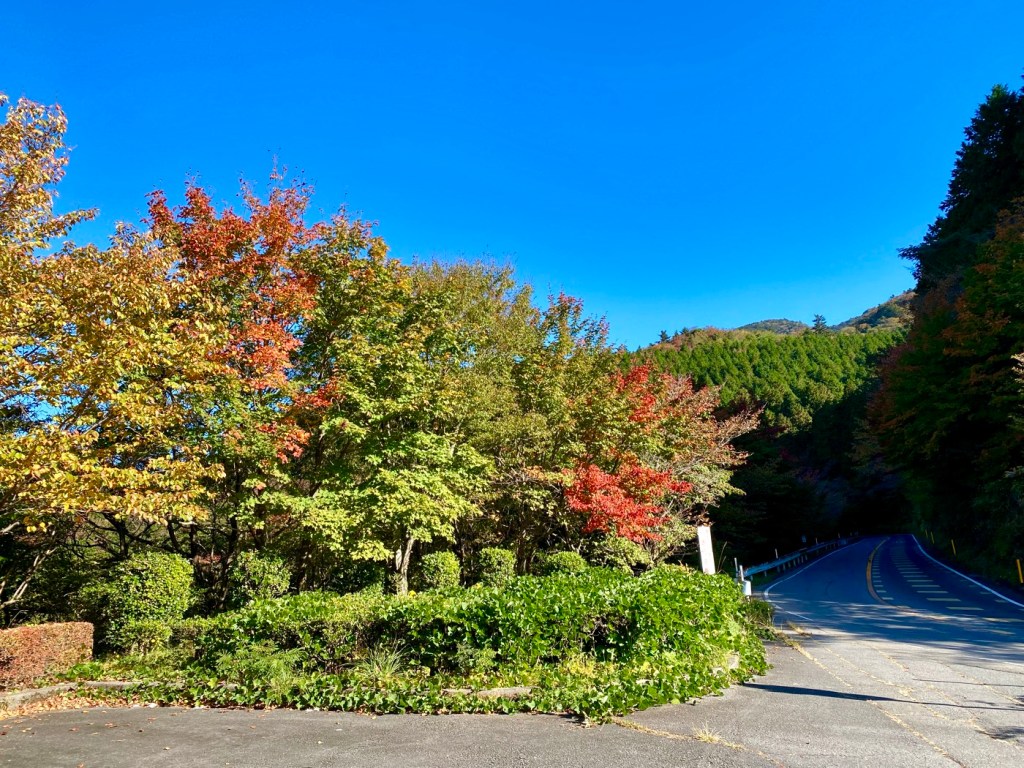
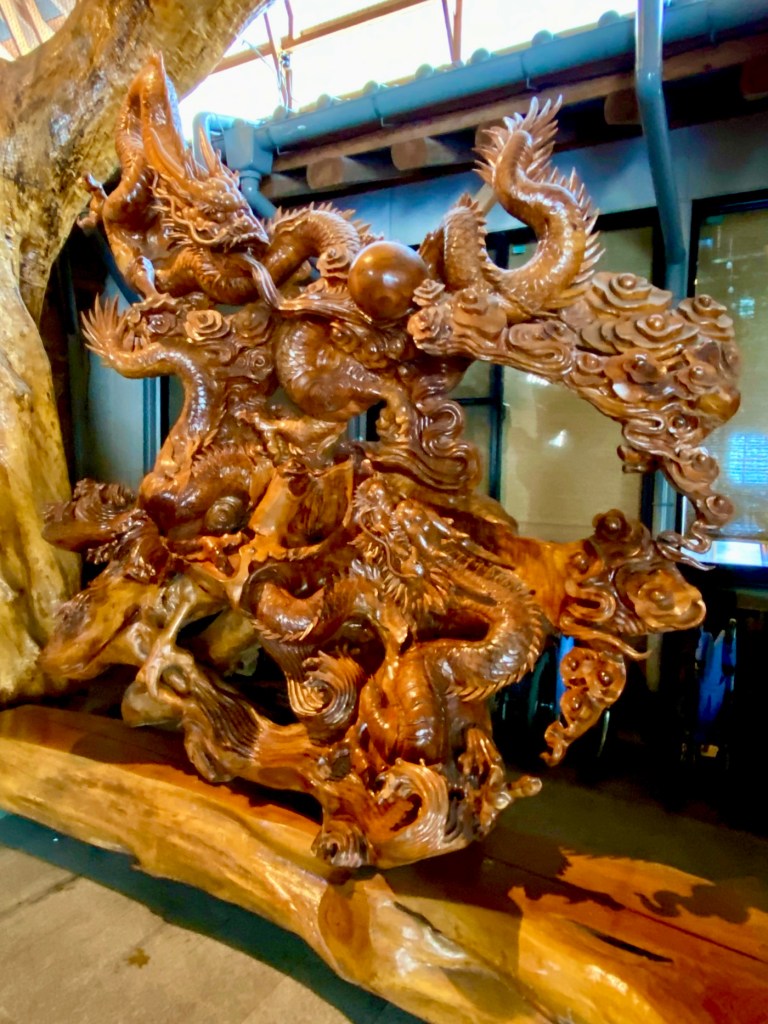
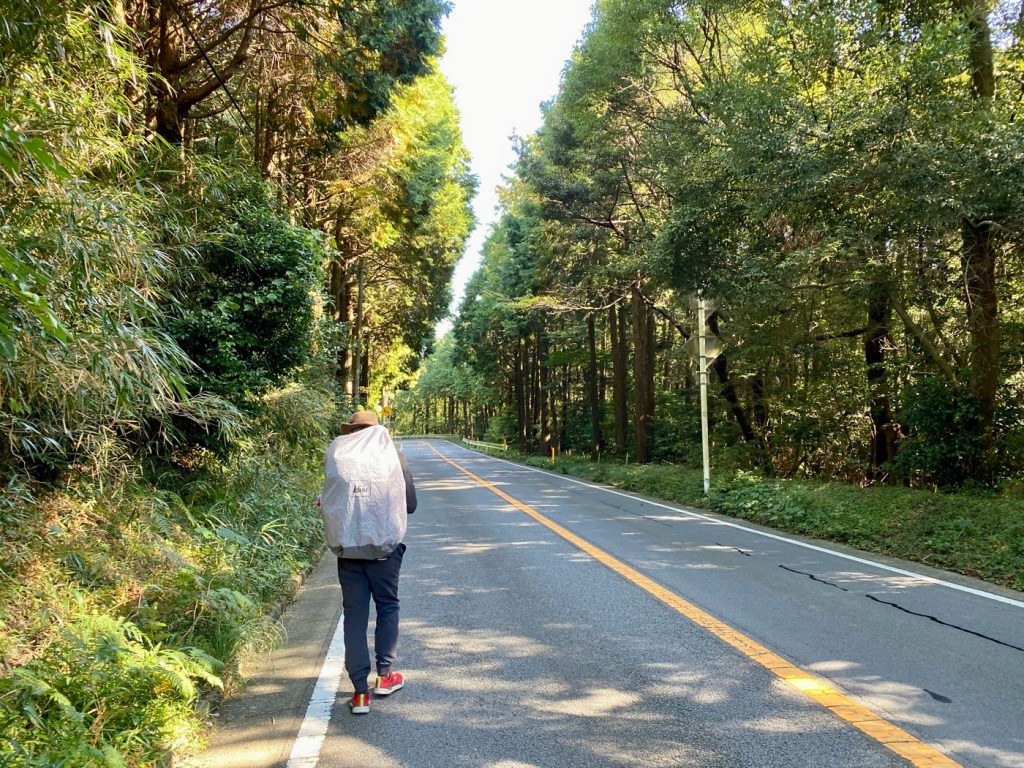
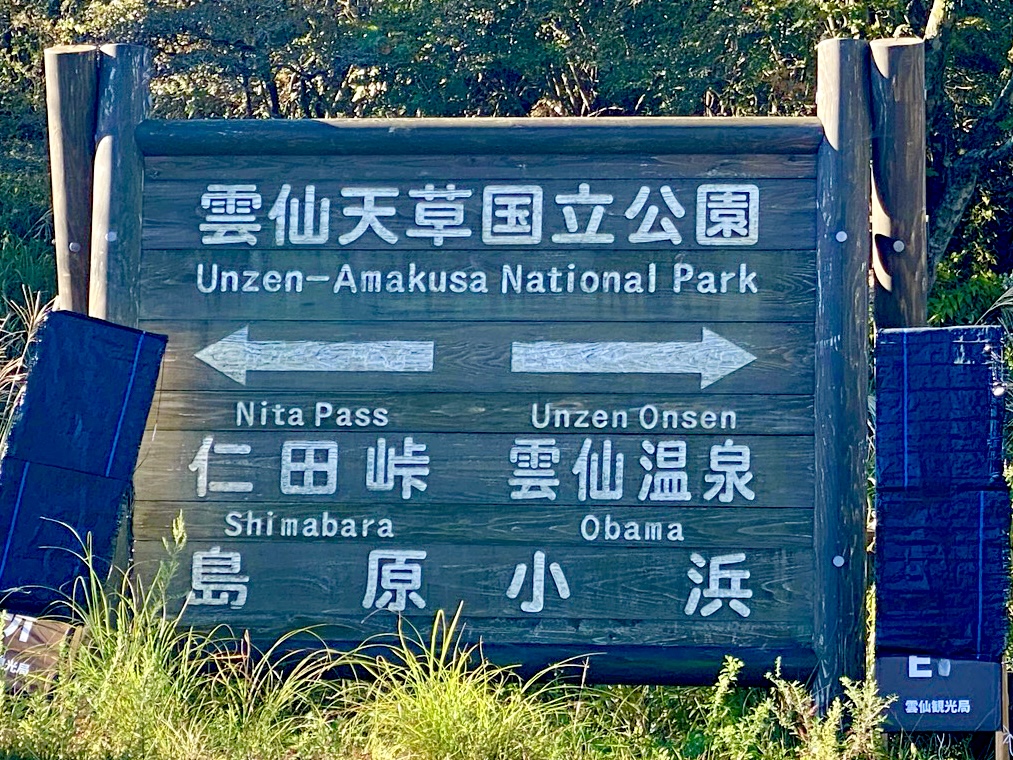
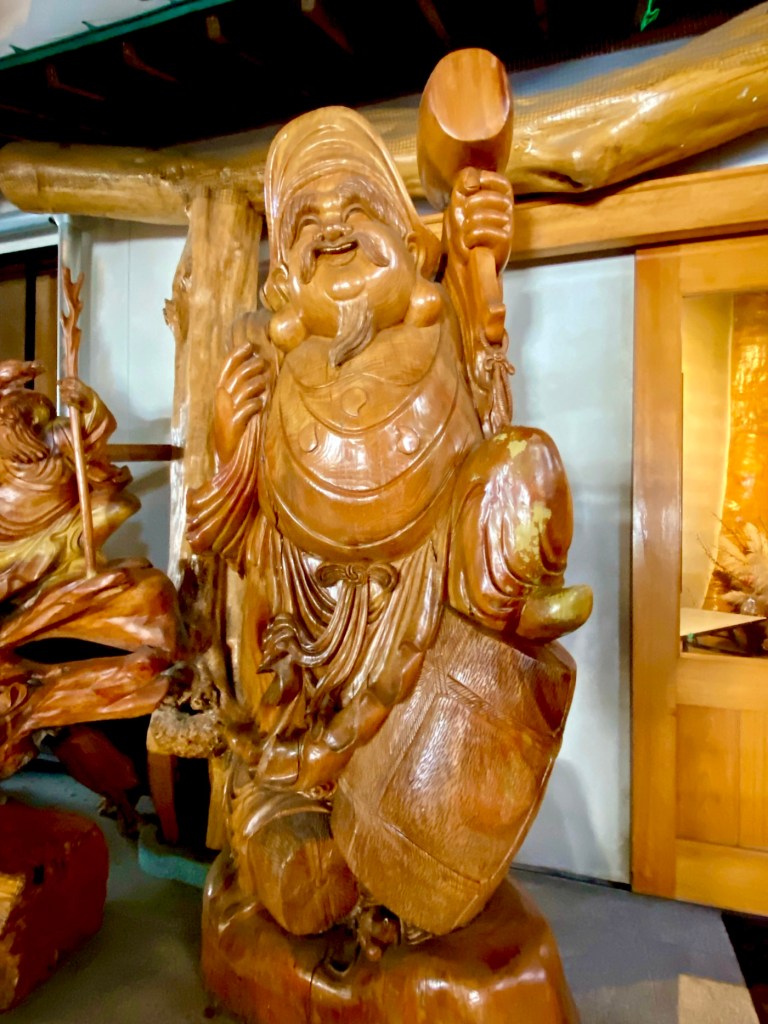
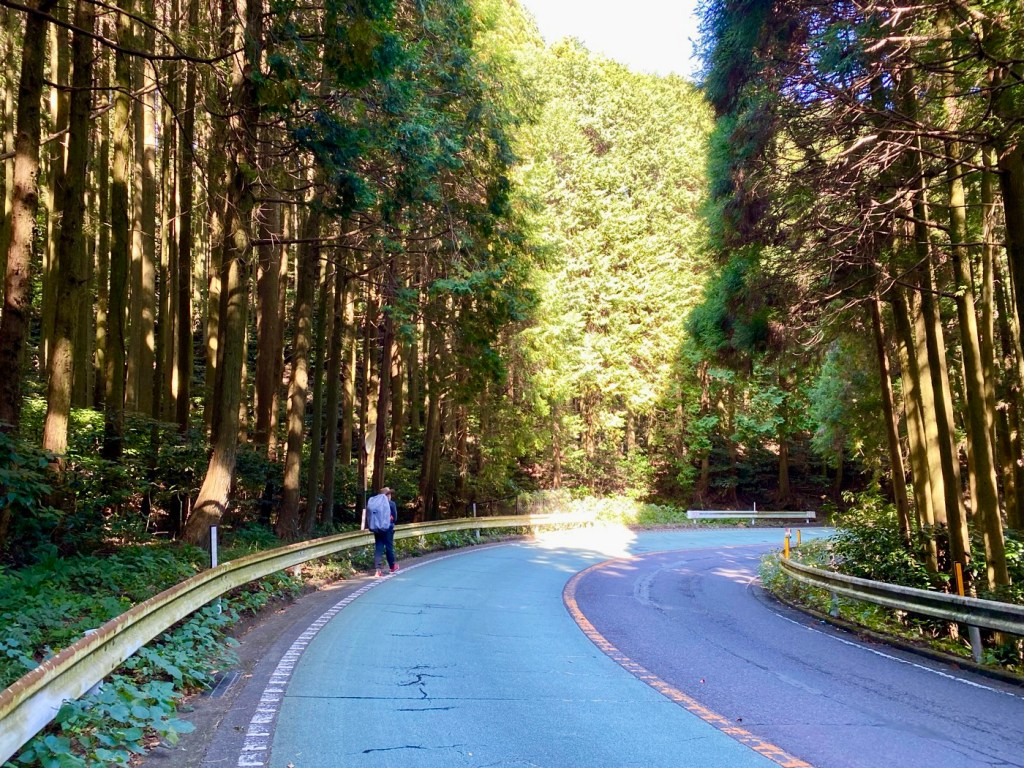
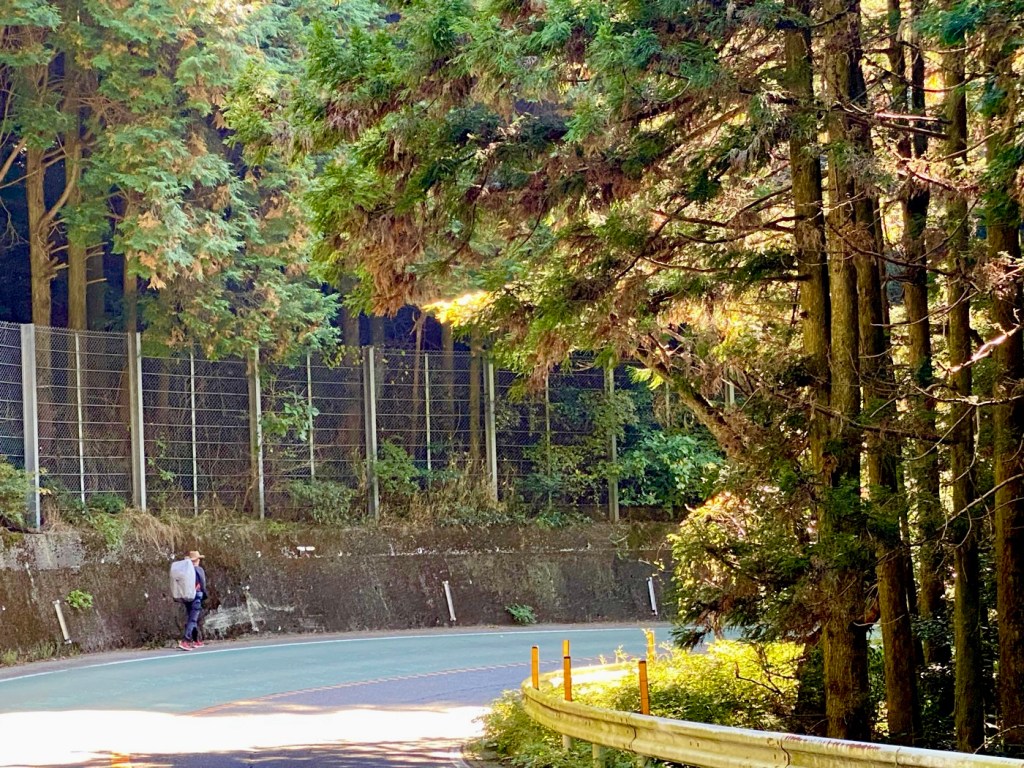
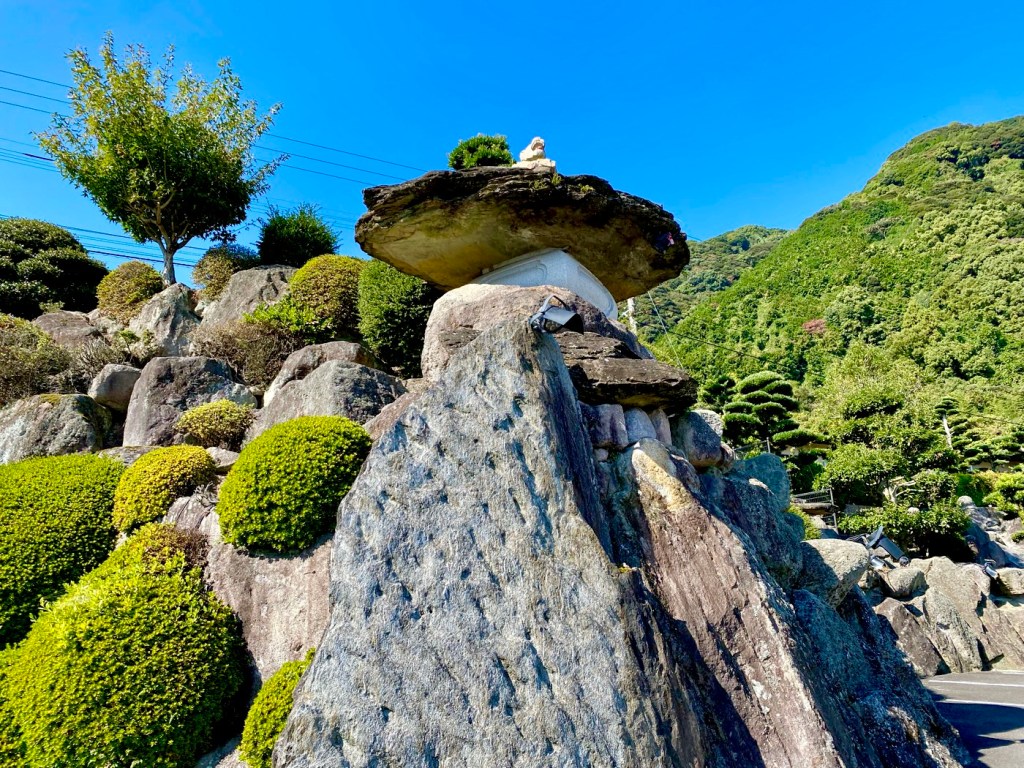
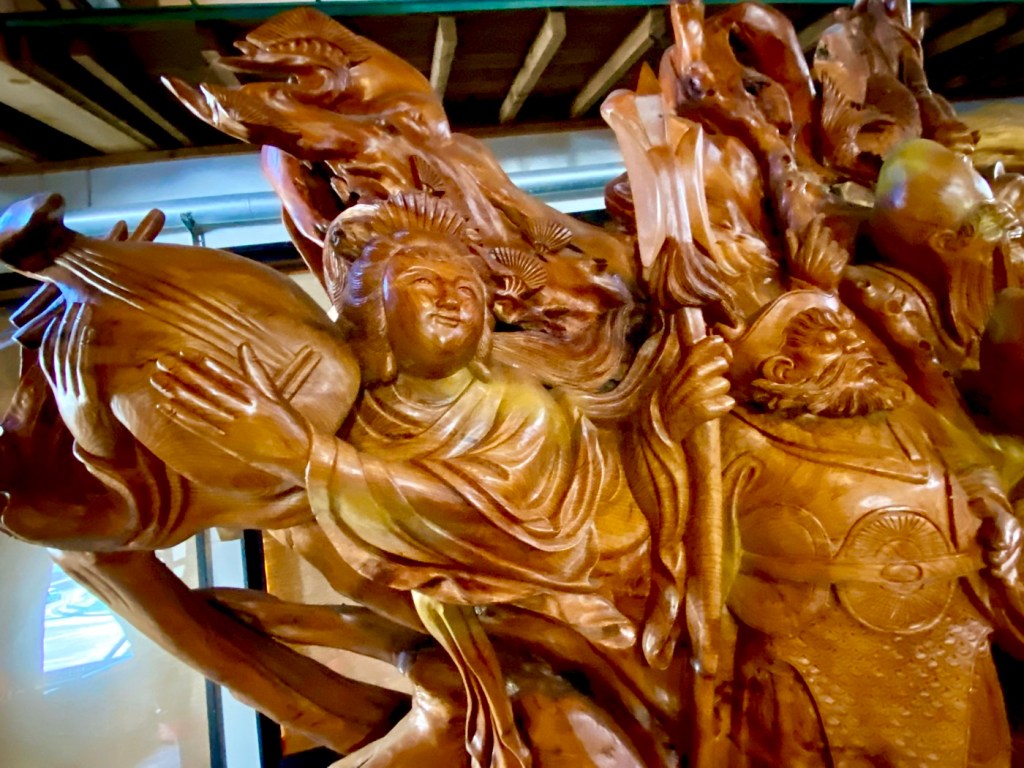

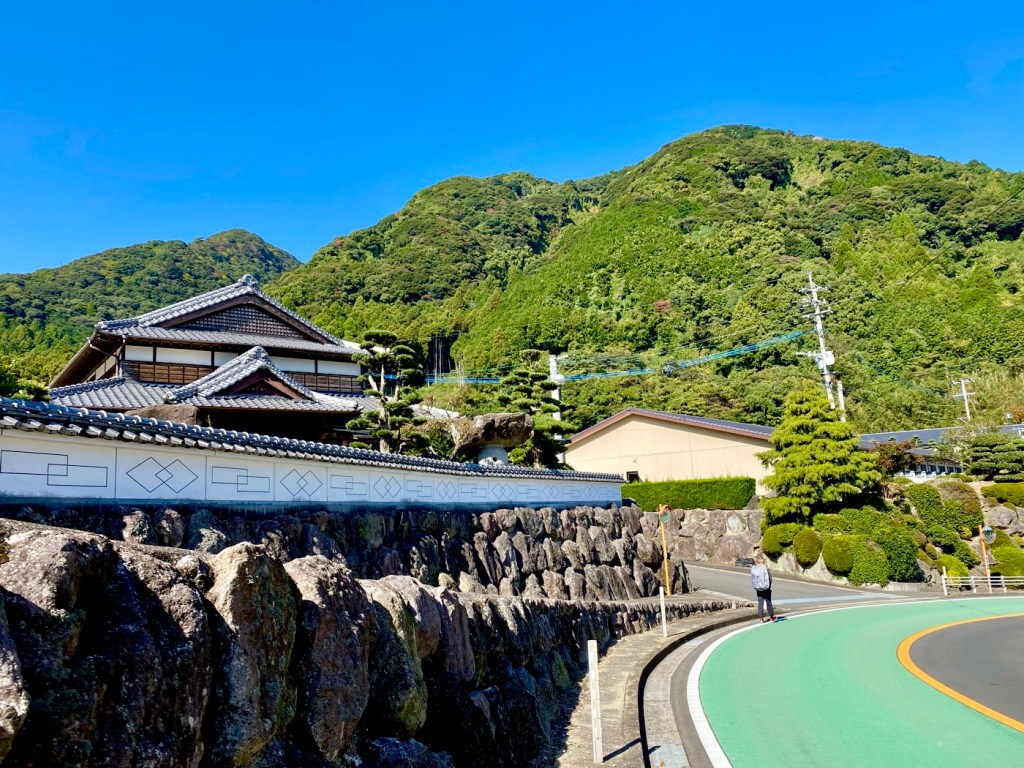
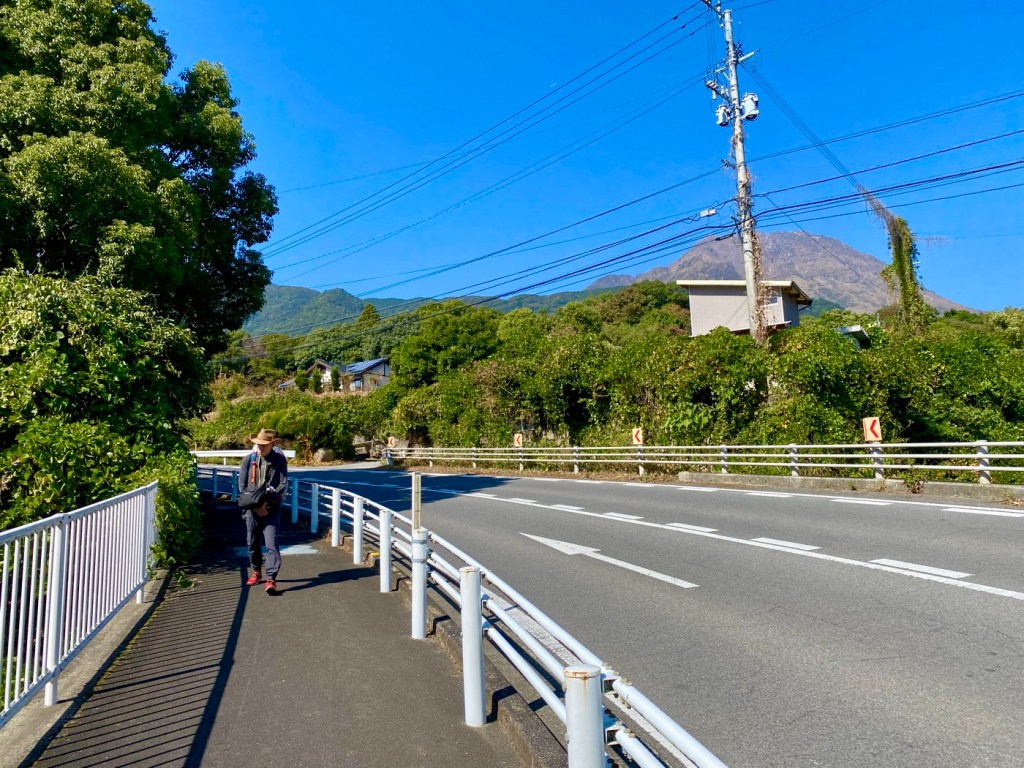
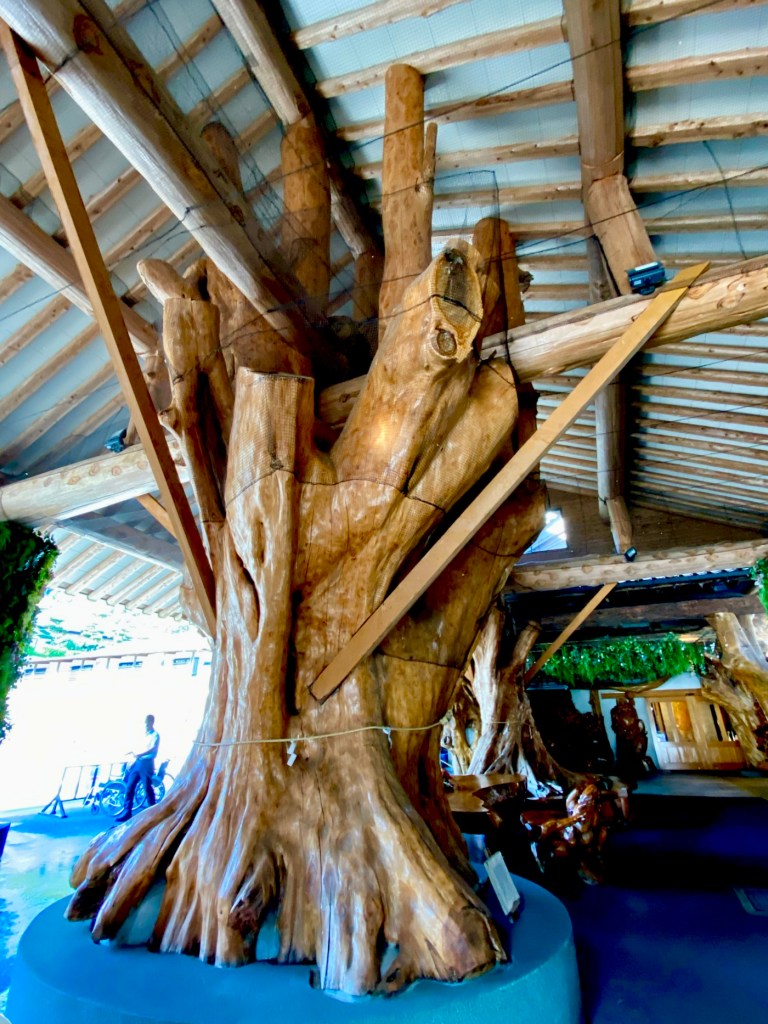
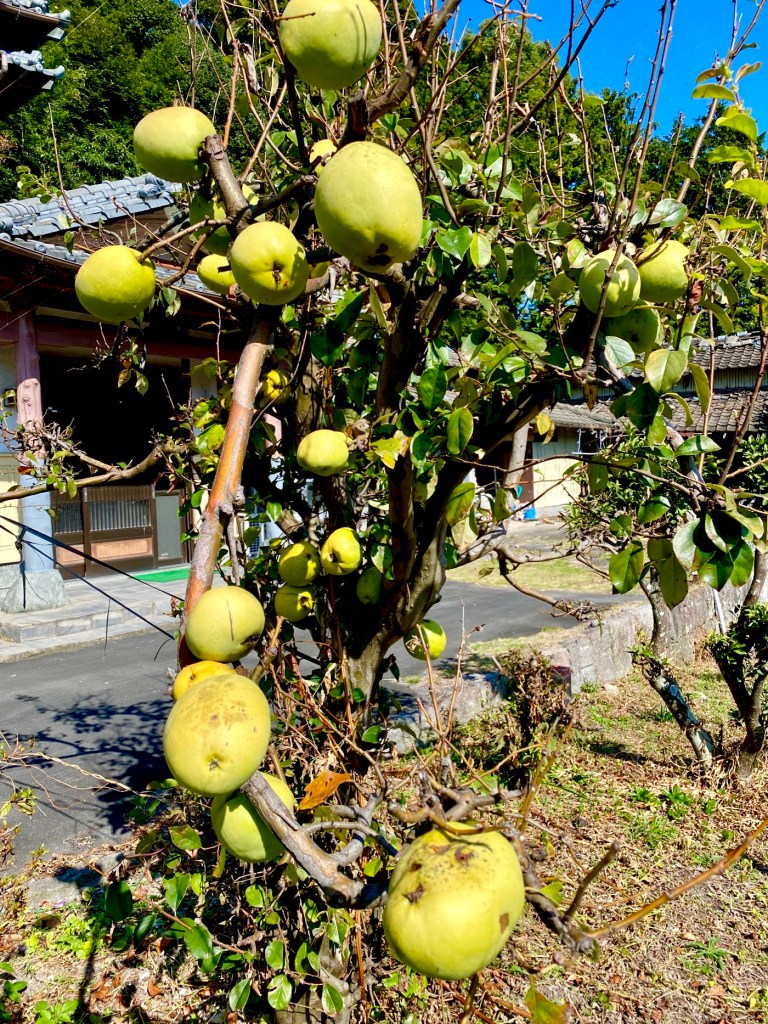
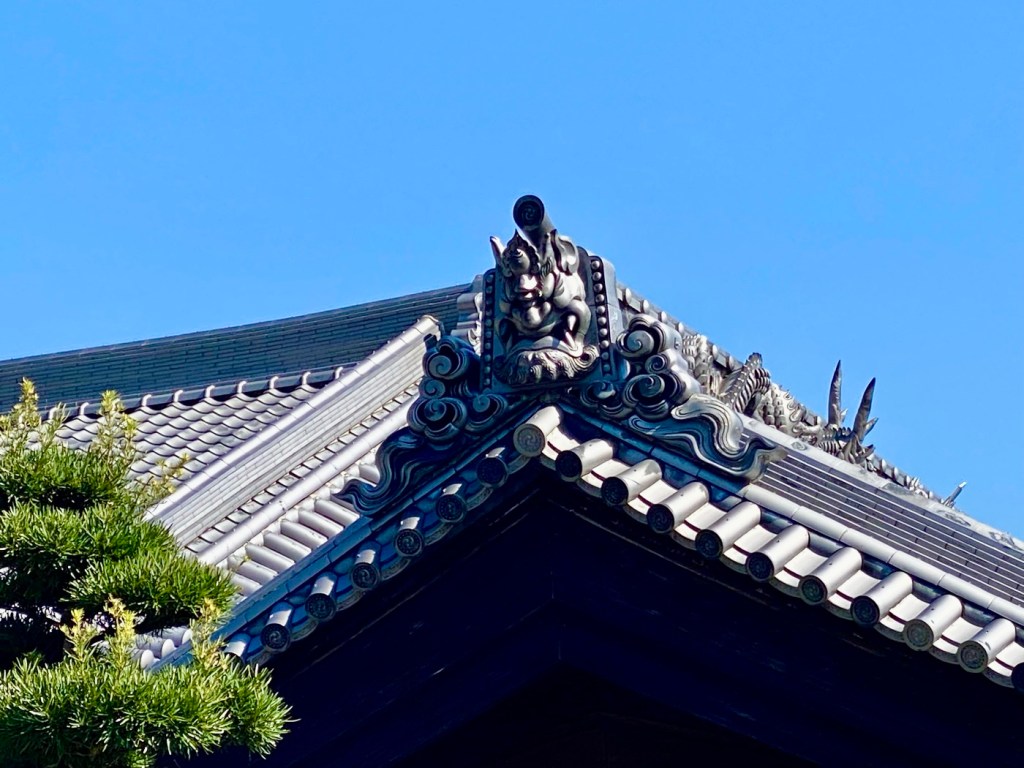
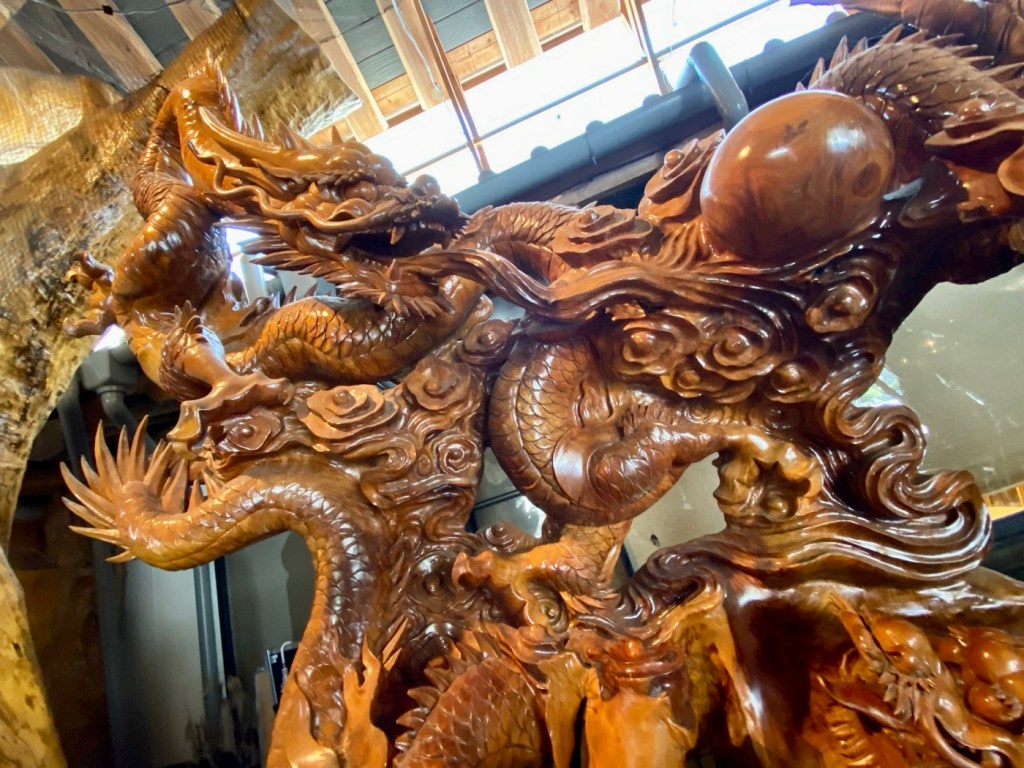
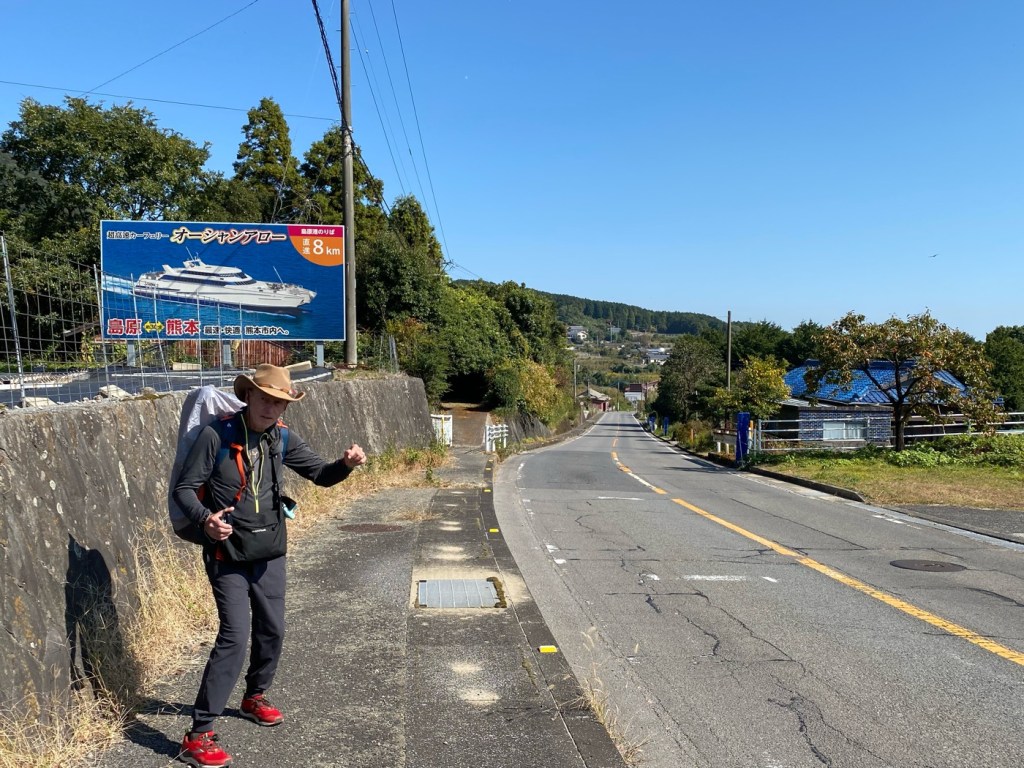
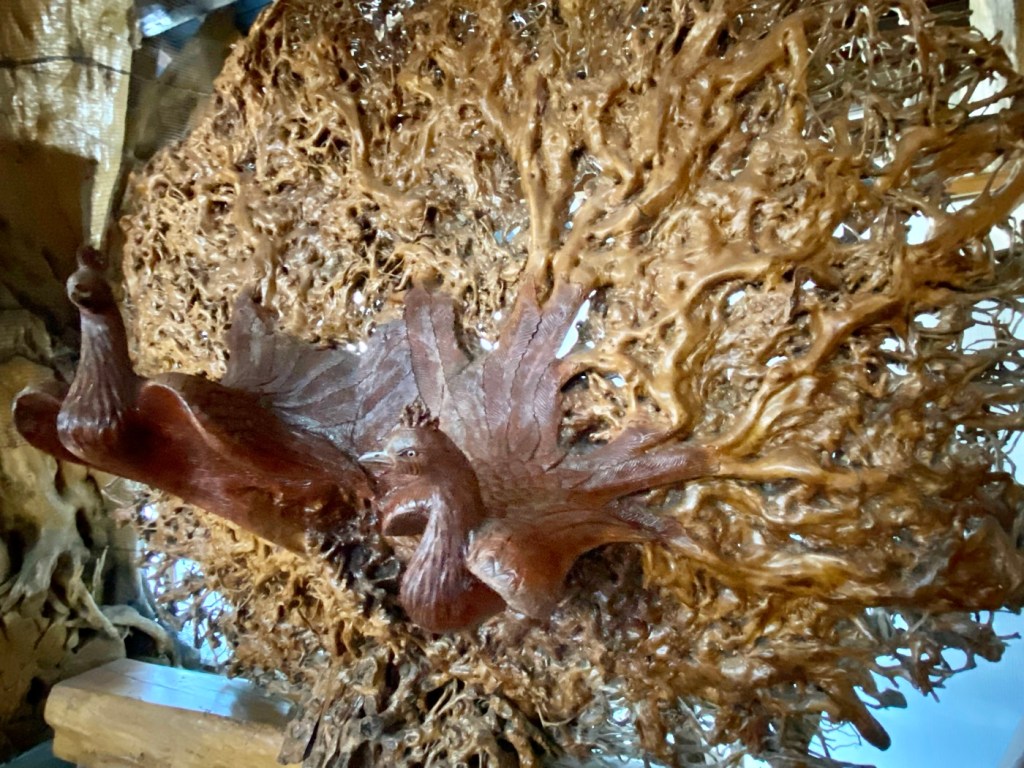
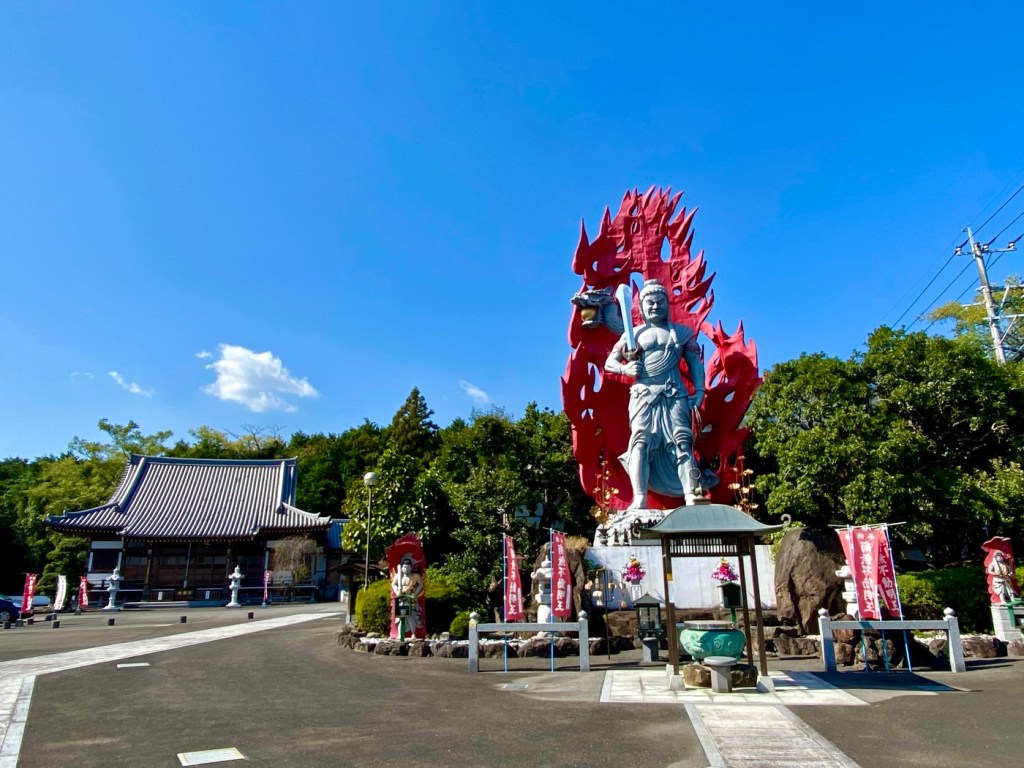
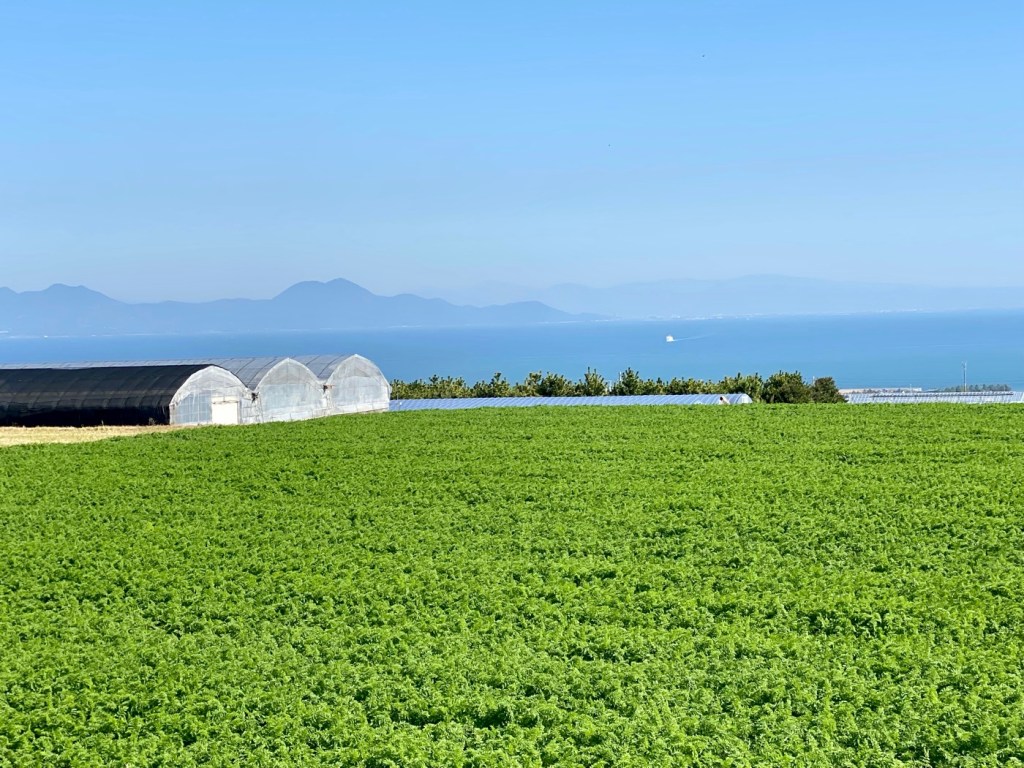

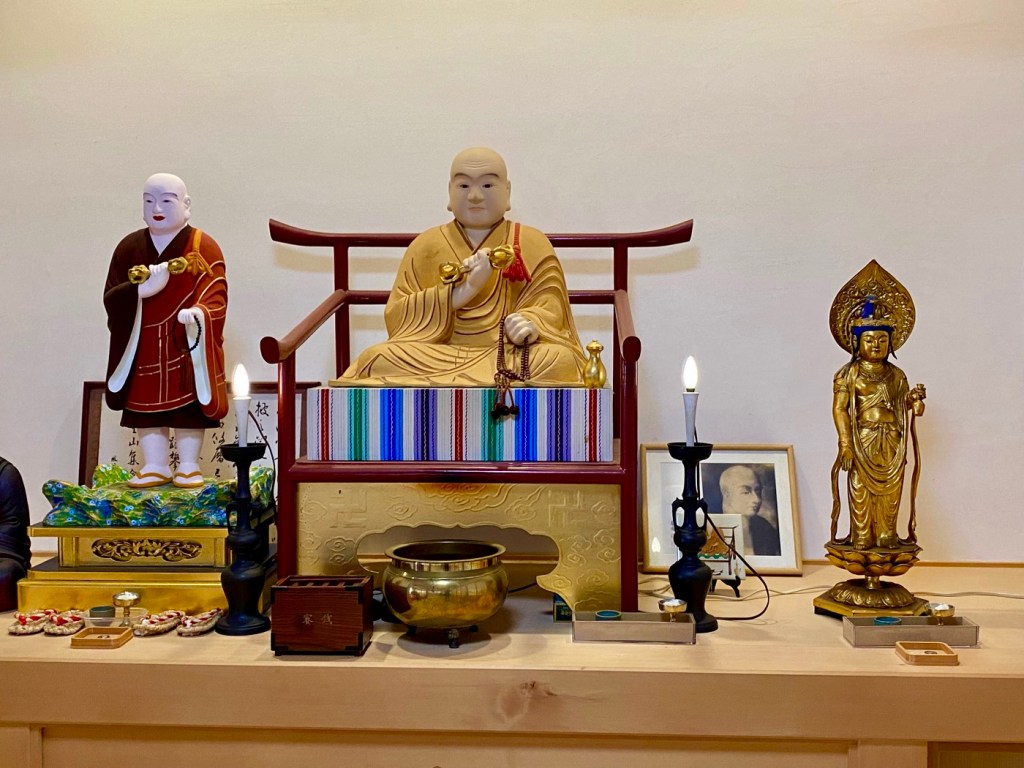
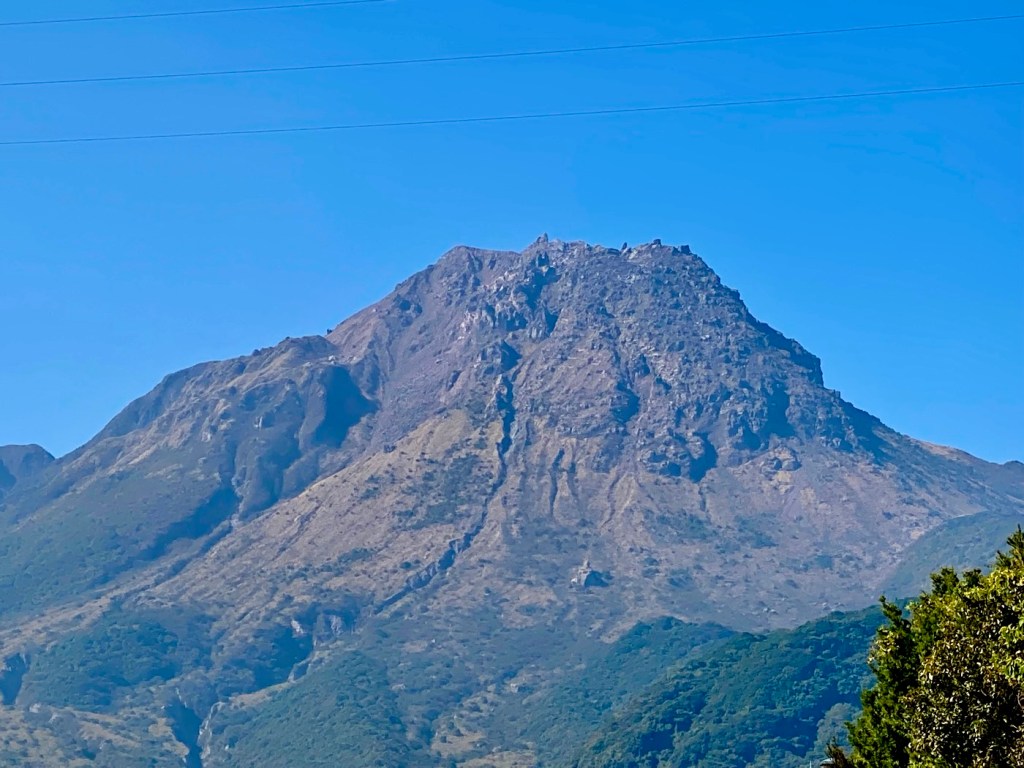
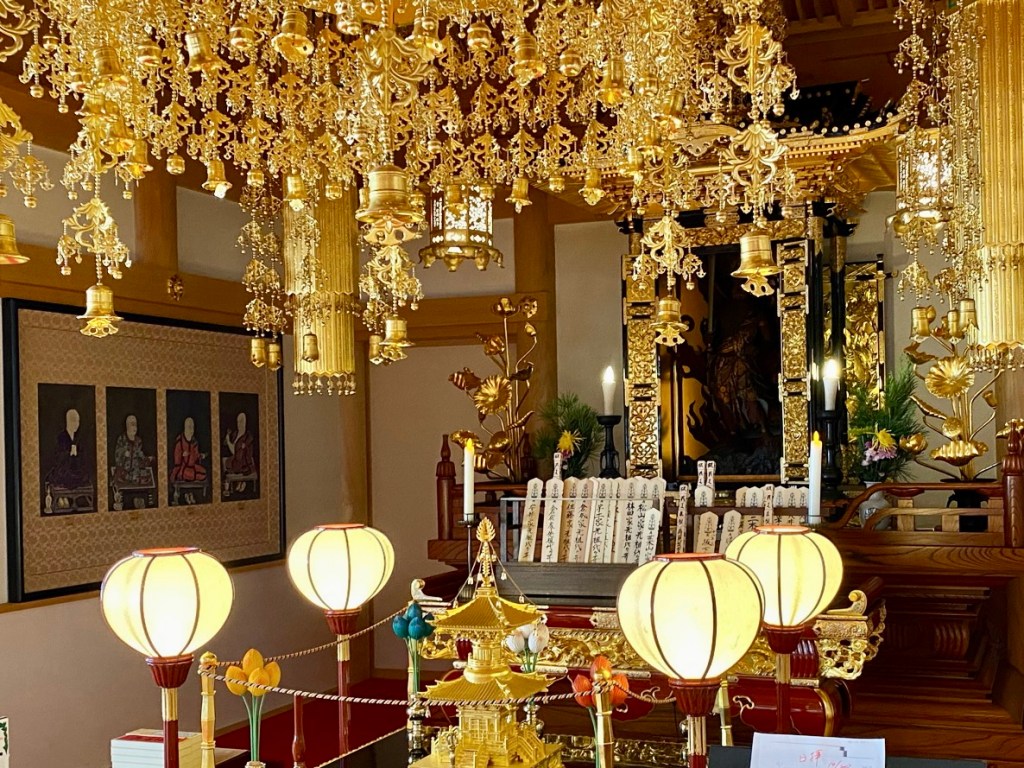
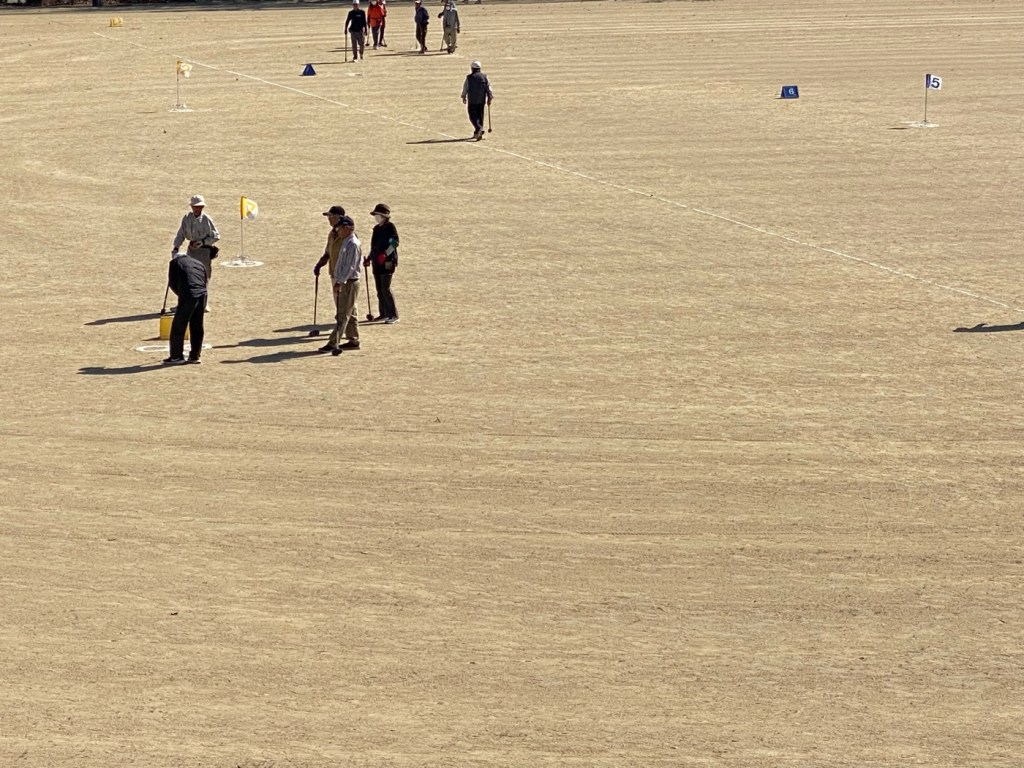


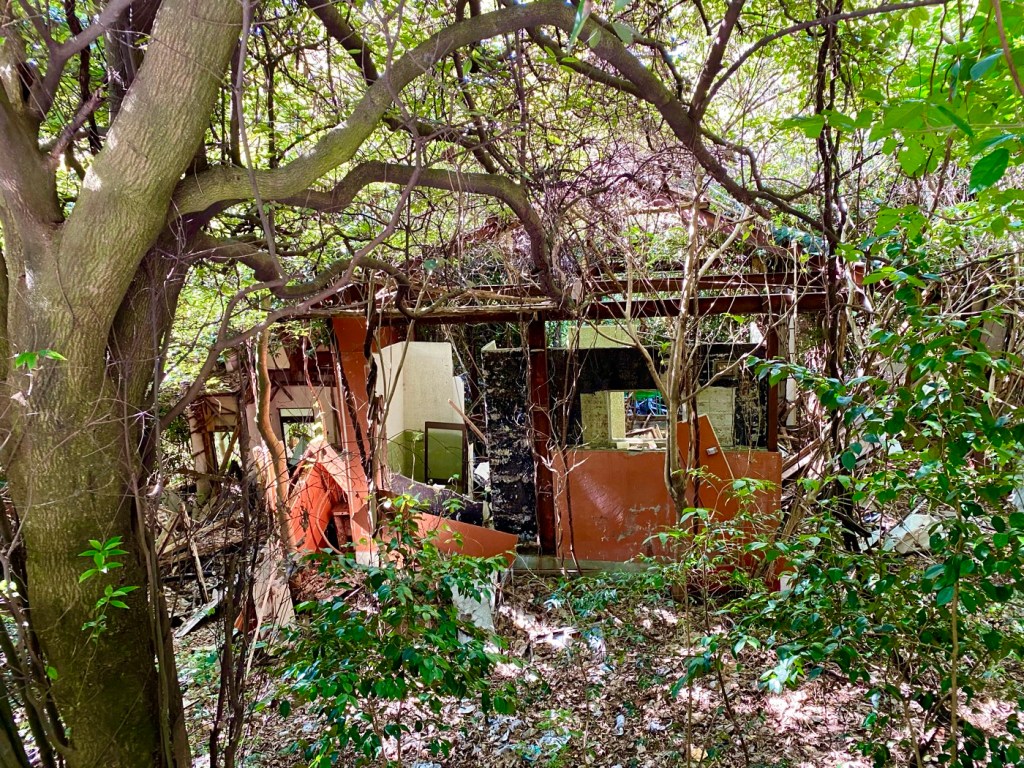
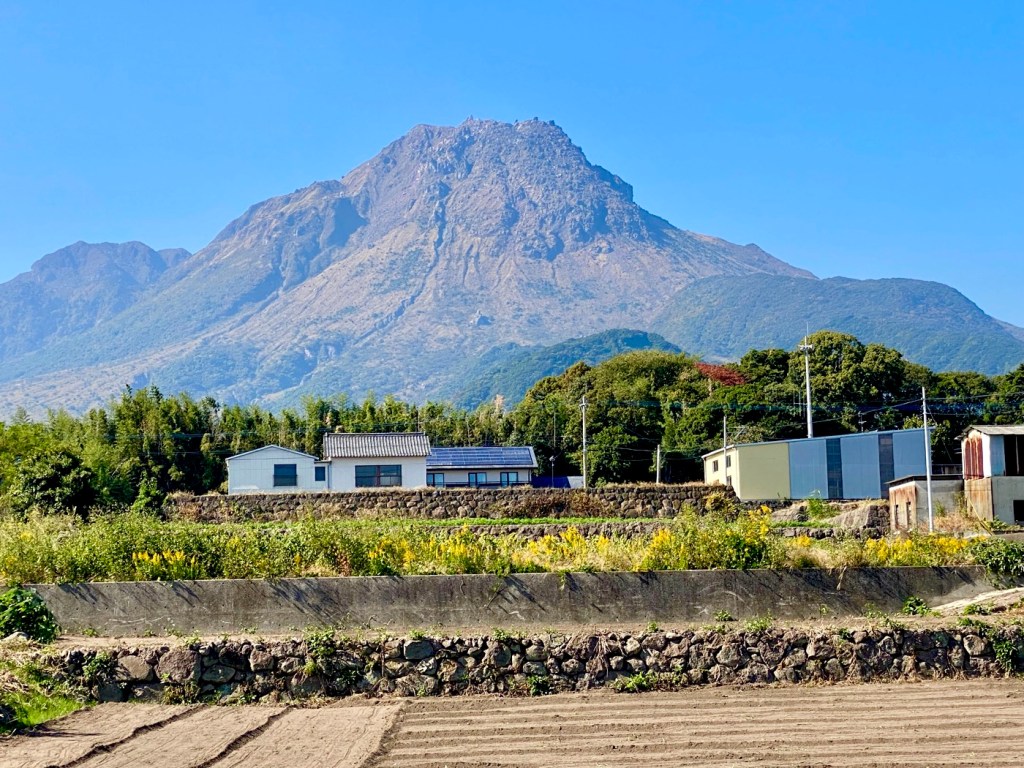
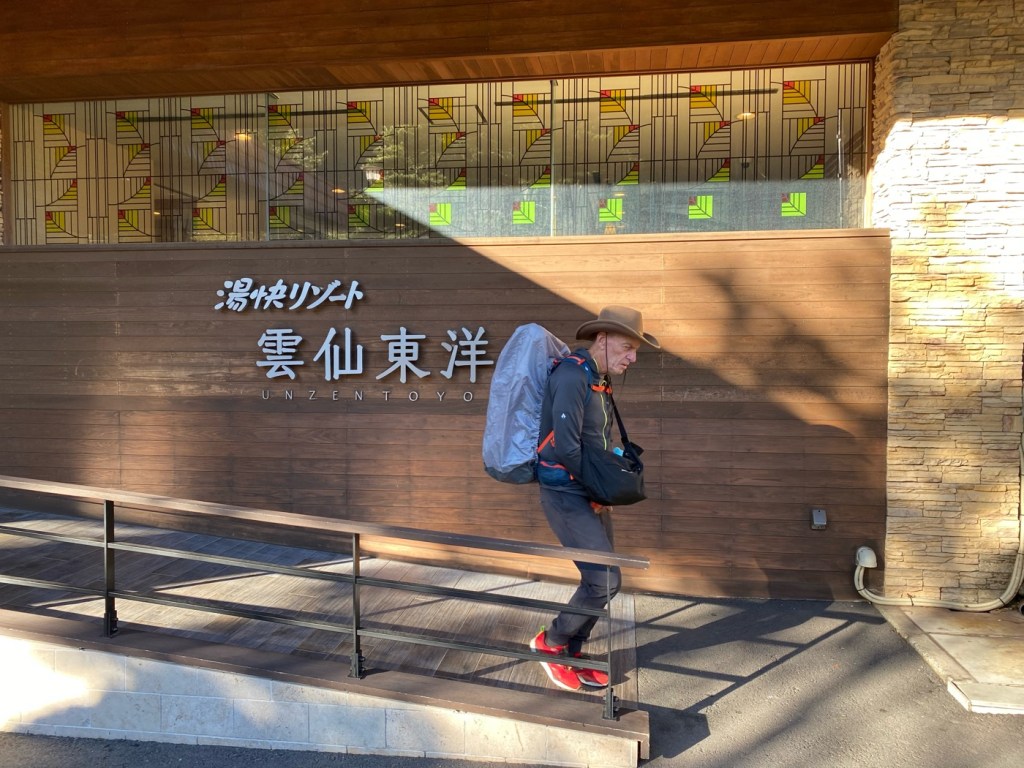
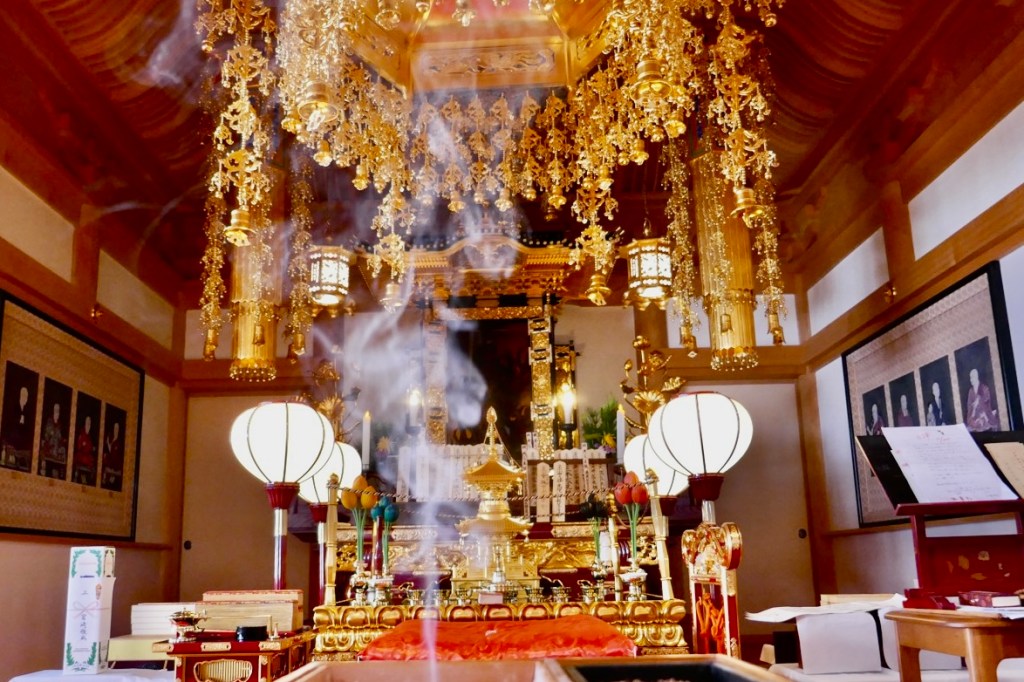
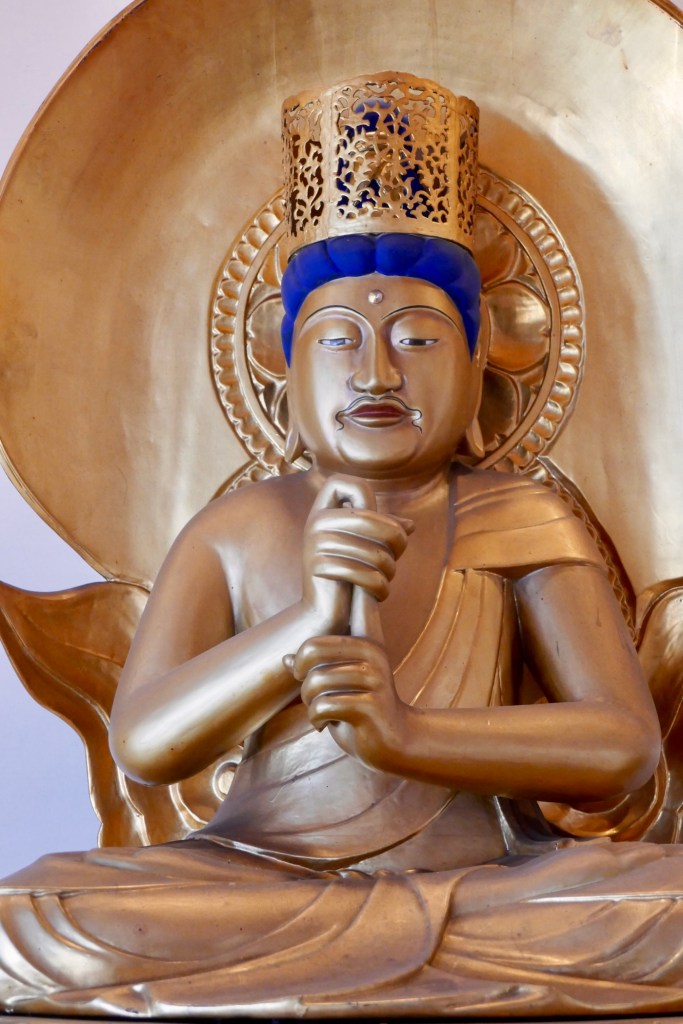
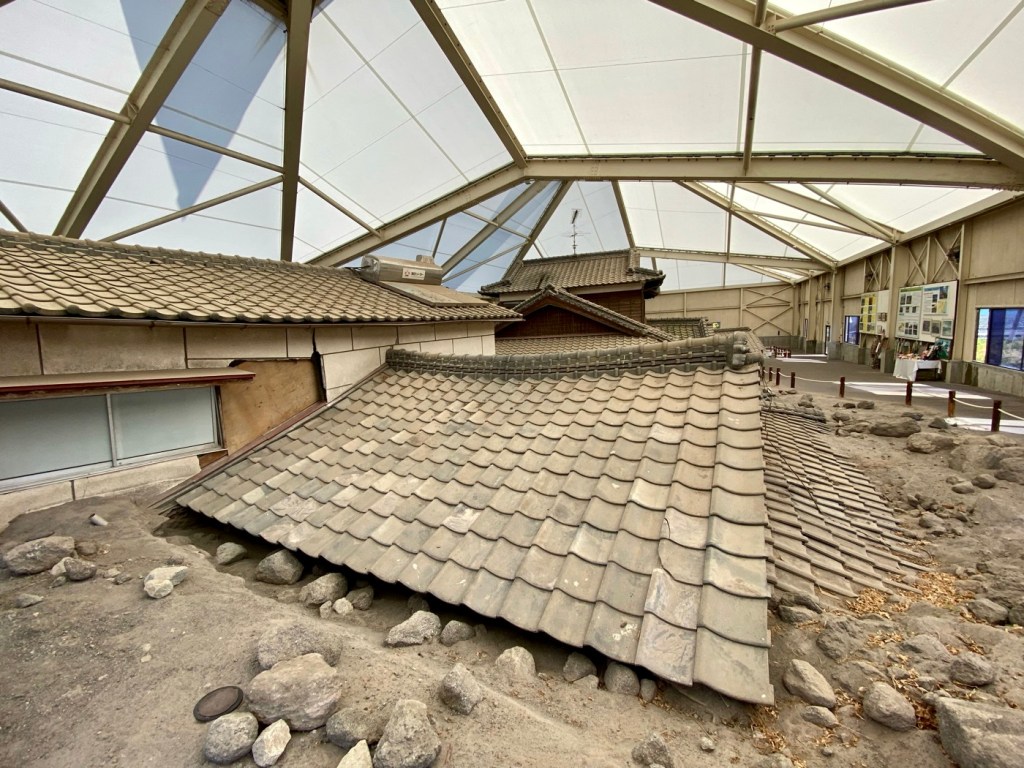
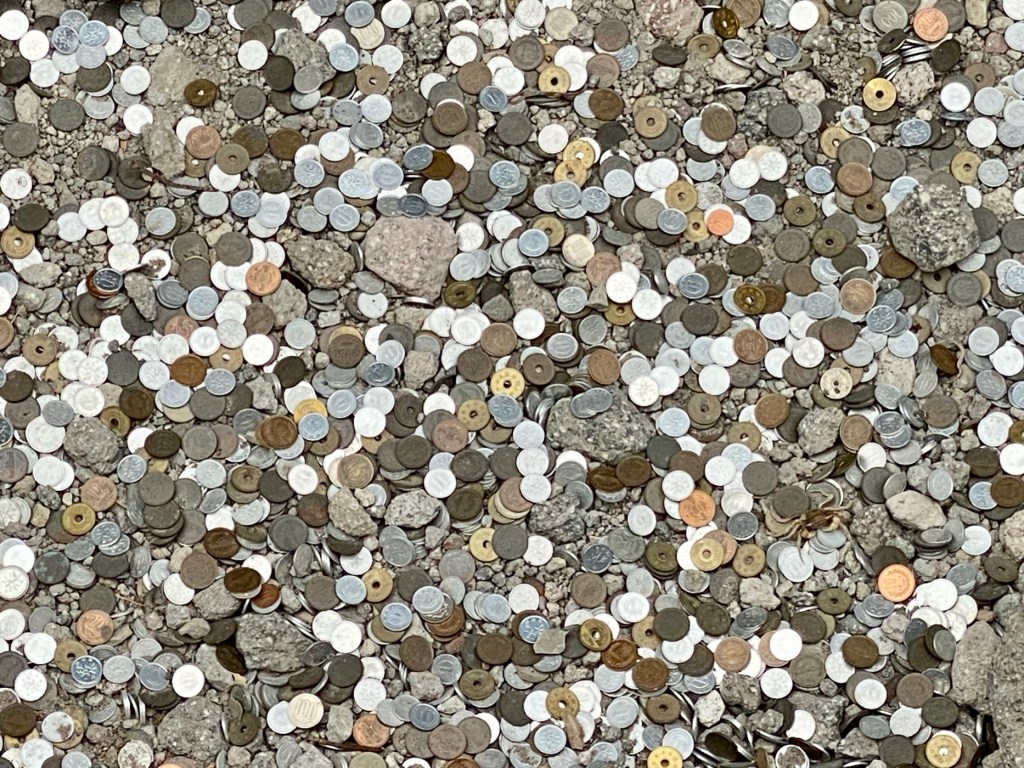
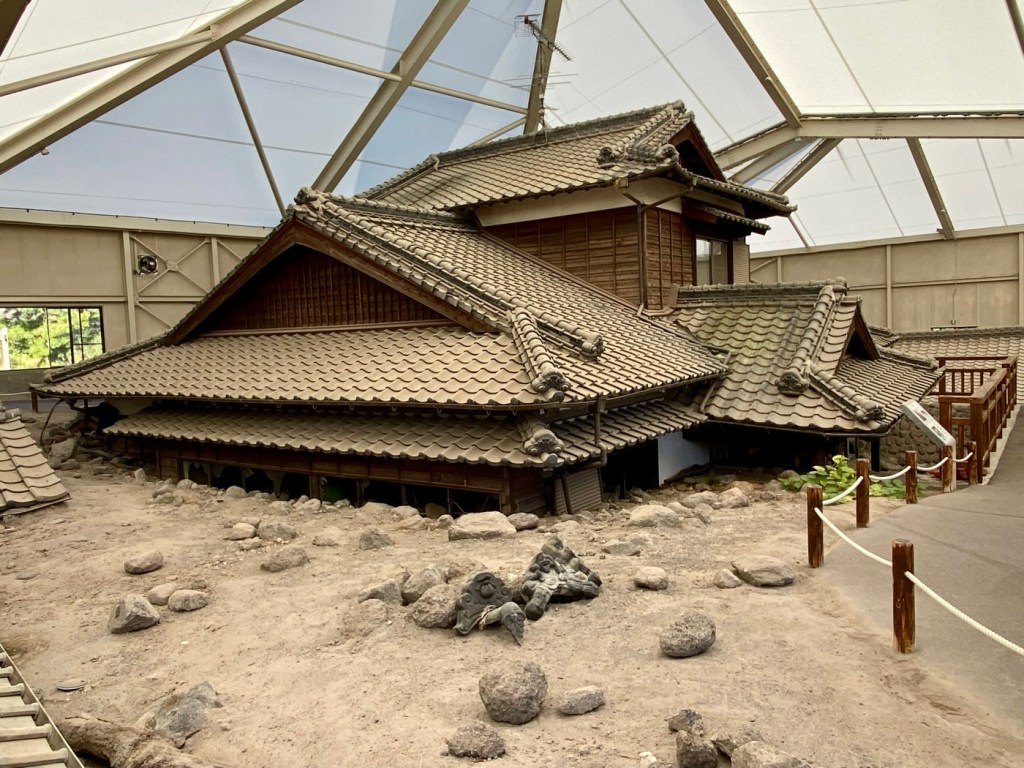
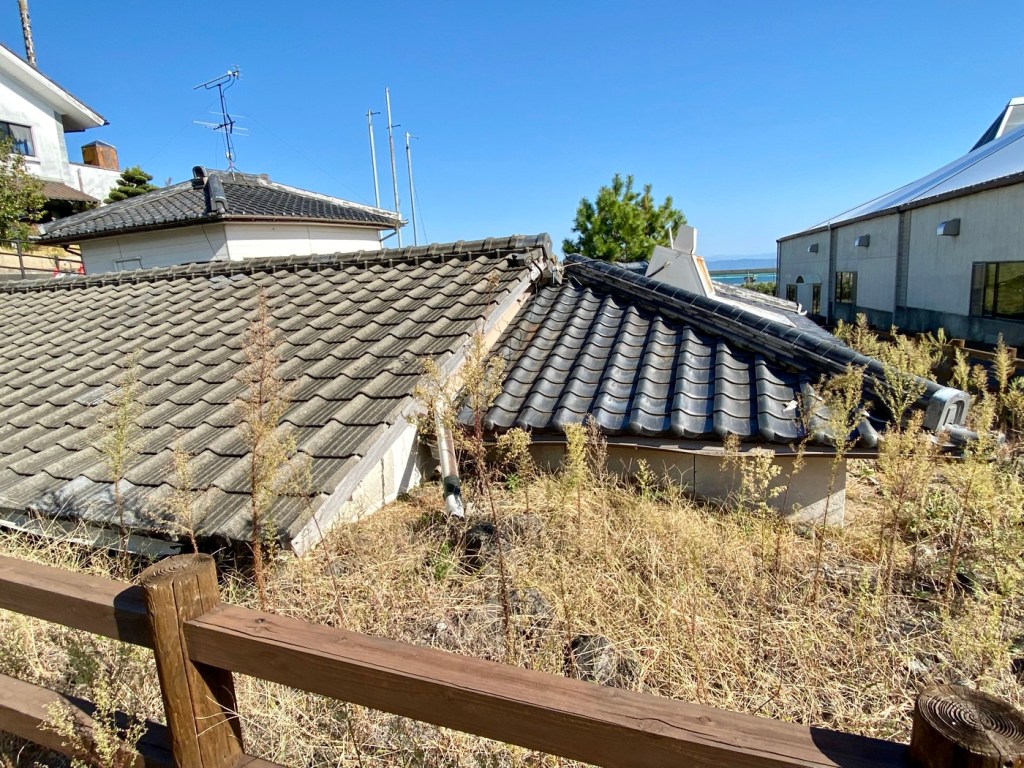
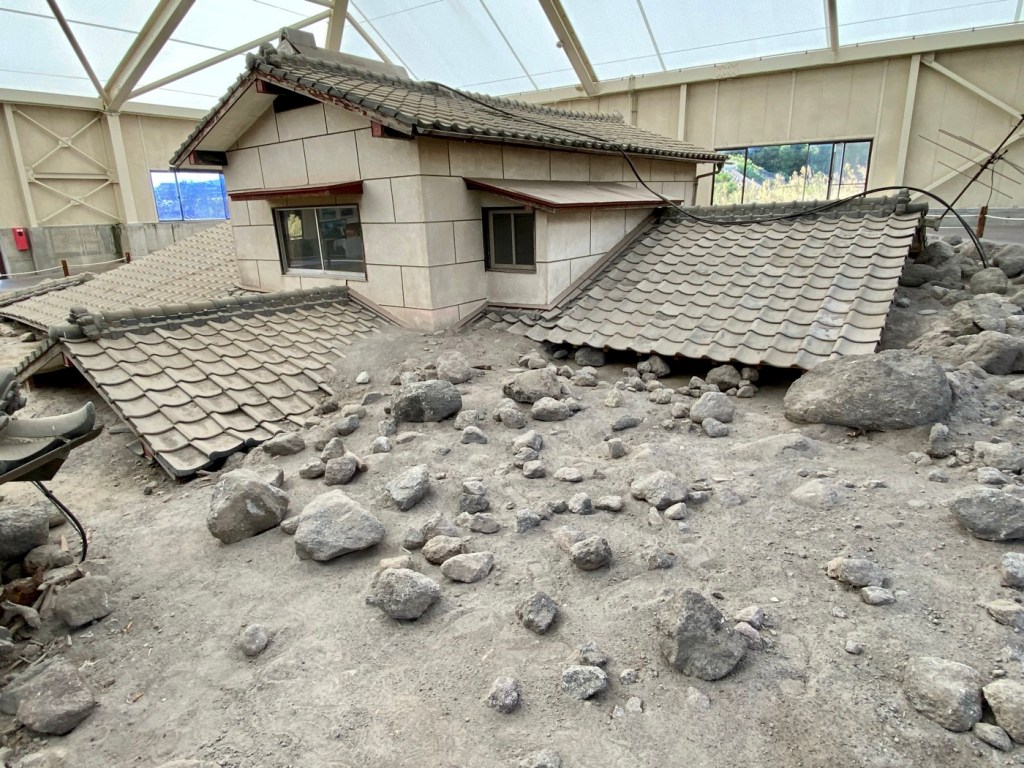
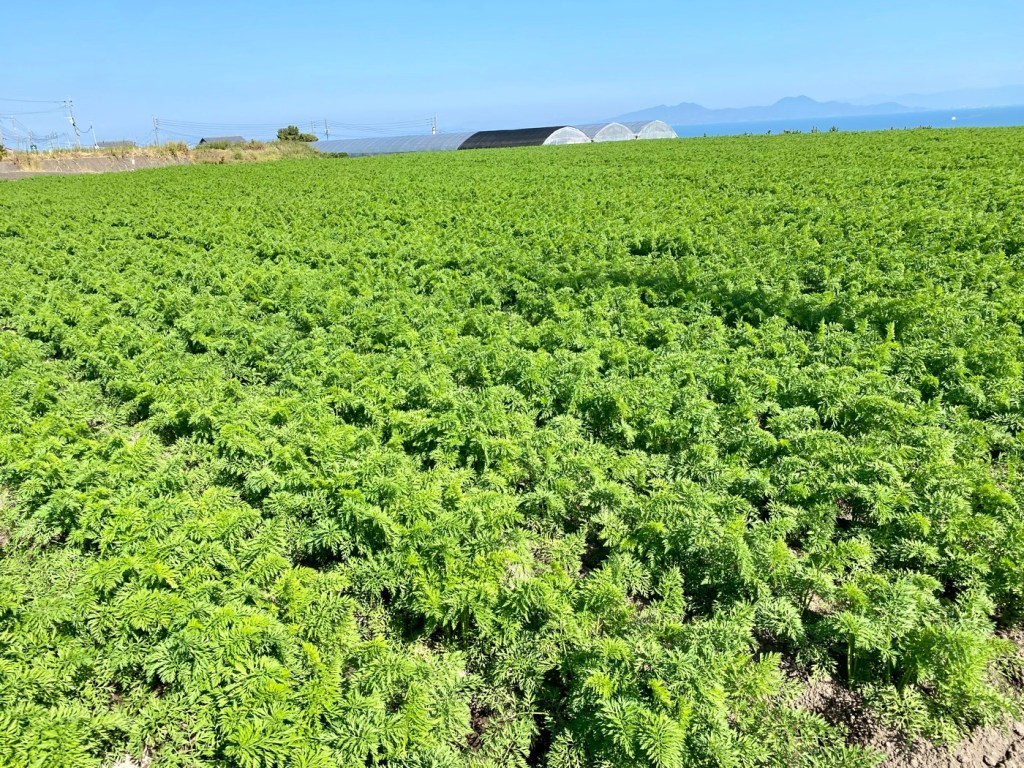
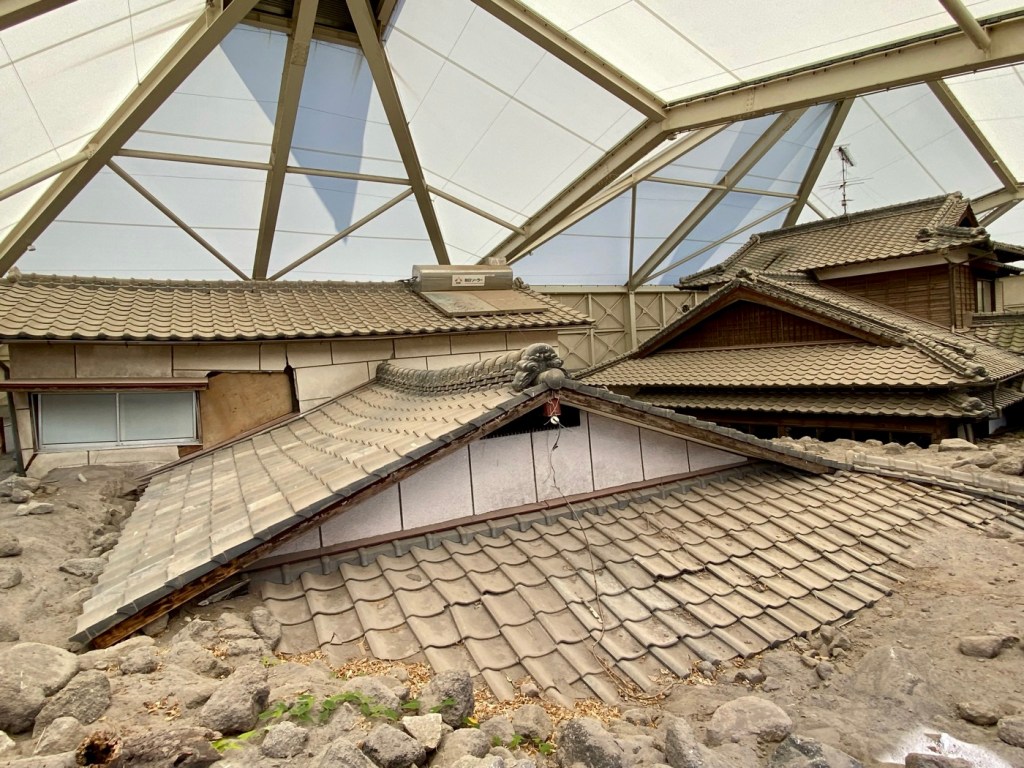
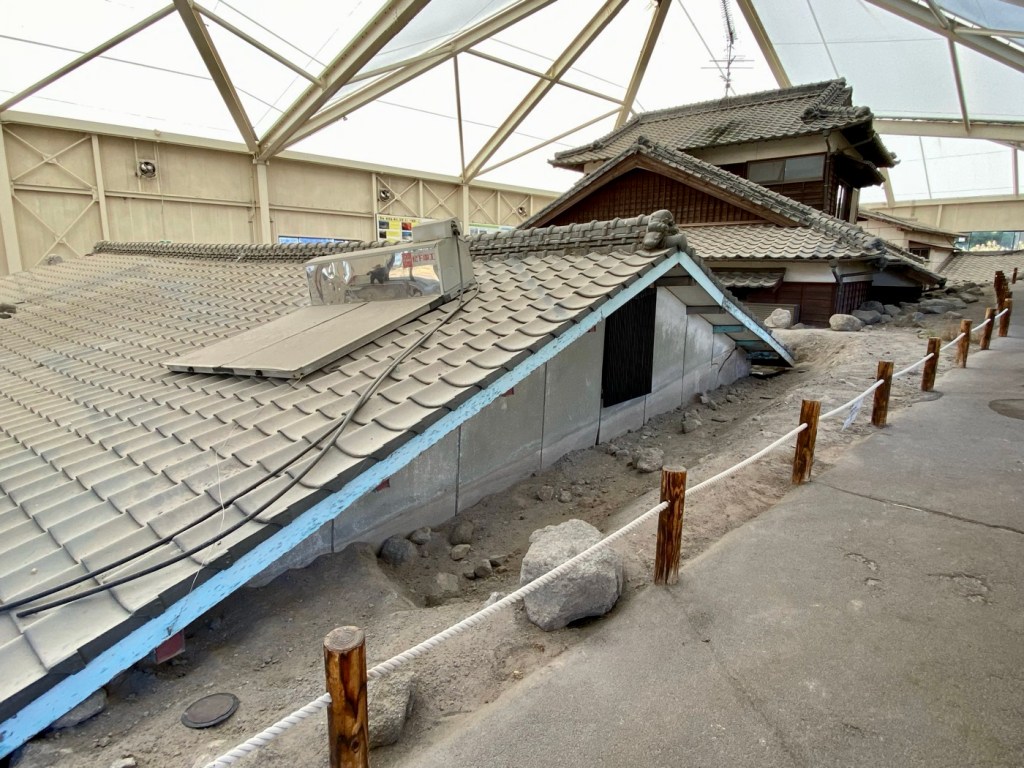
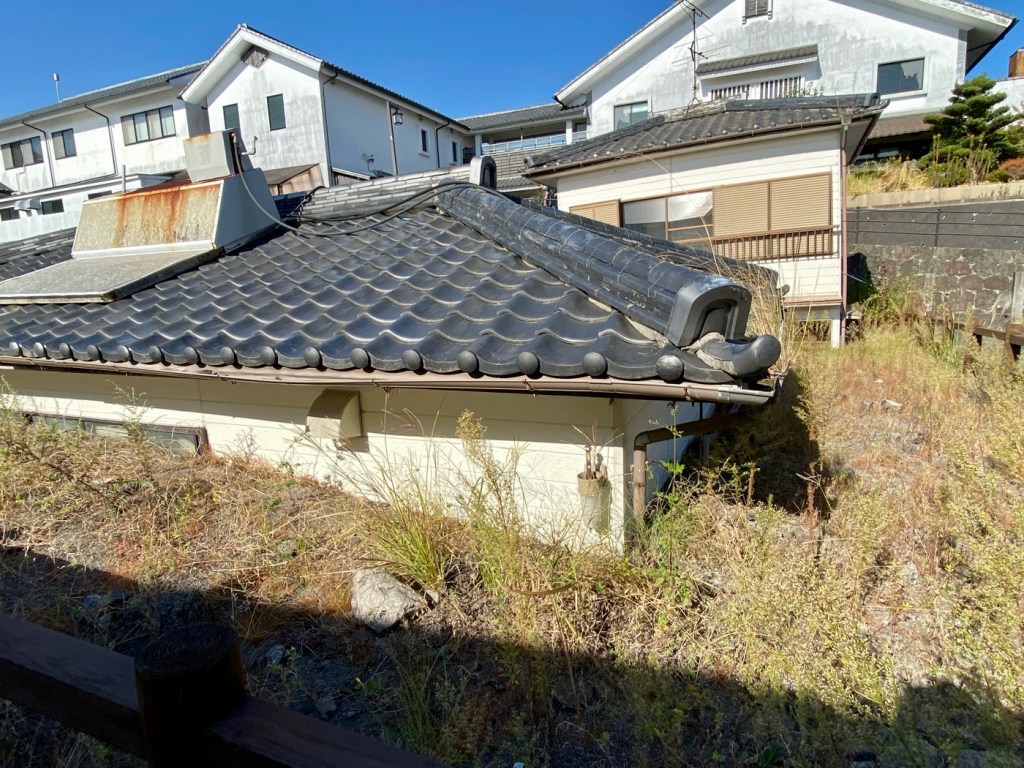
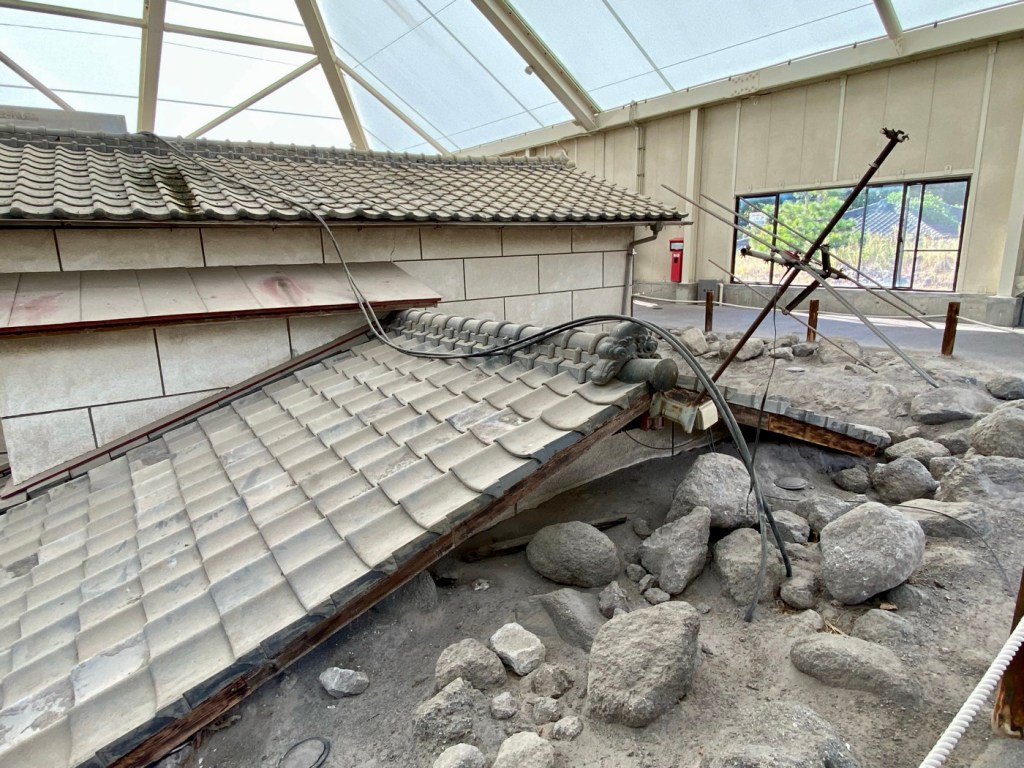
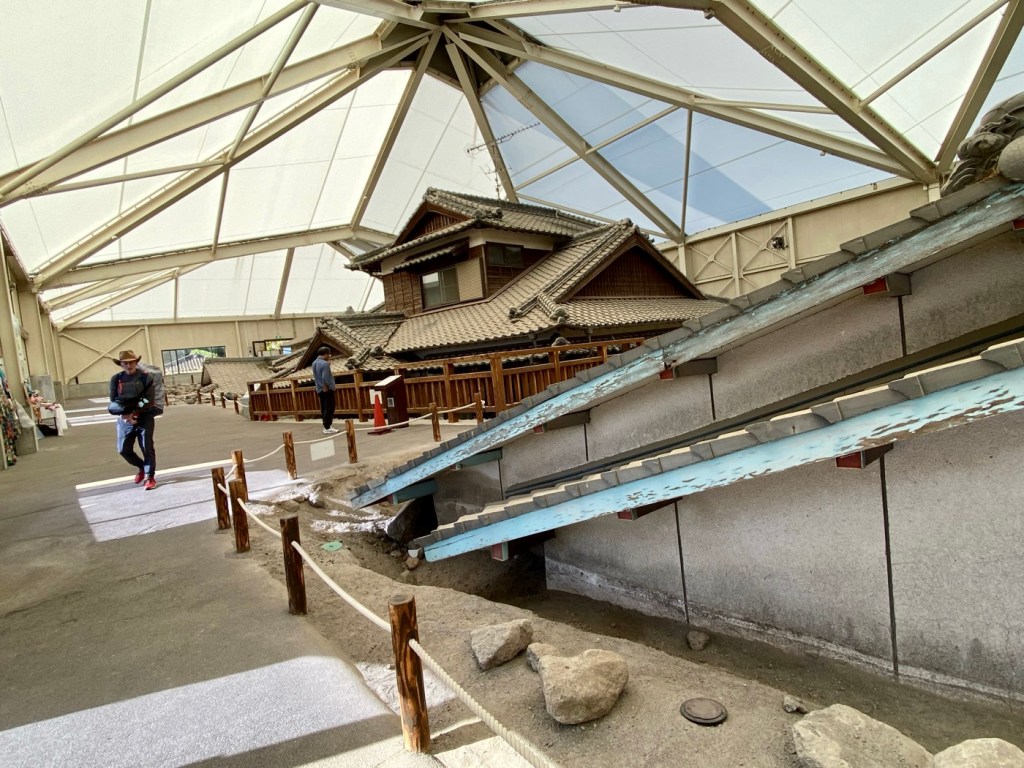
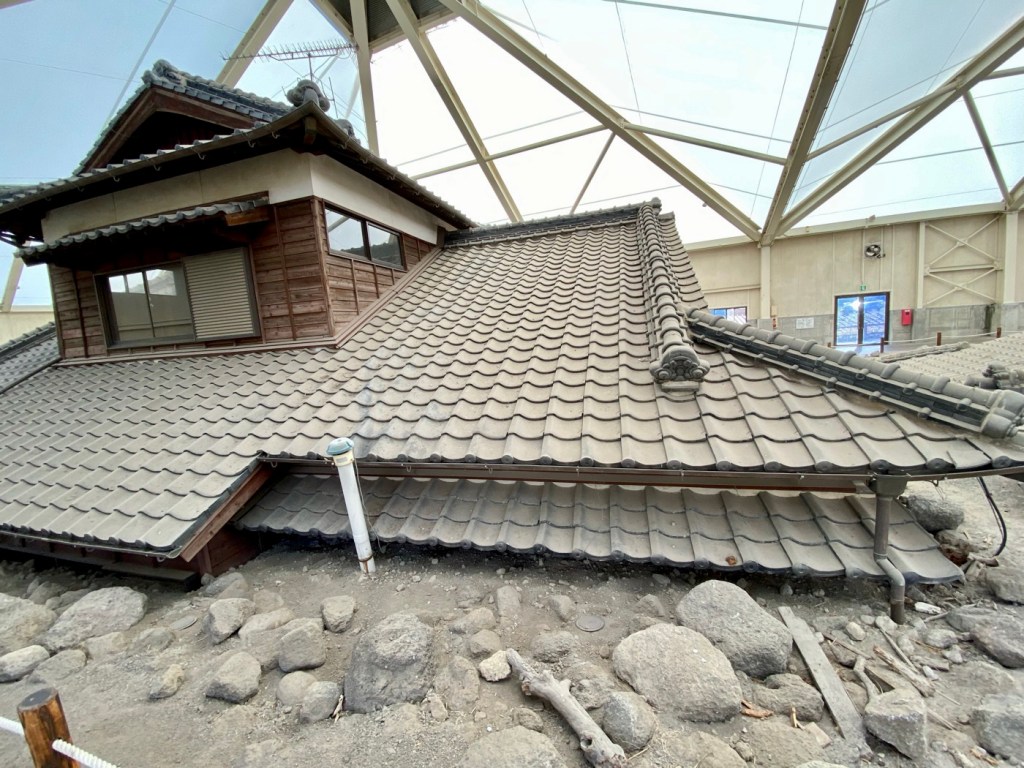
Day 37 - Unzen Volcanic Mountain To Shimabara, The Kyushu 108 Temple Pilgrimage, Japan
Our hot springs hotel in Unzen Onsen offered us a wonderful, restful place for the night.
Beside a relaxing soak in the hot springs, we had a fabulous dinner buffet with all the different kinds of Japanese cuisine on offer.
I took an early morning soak in the hot springs as well, trying to relax my sore leg muscles and prepare for the day of walking down the mountain, all the way to the sea in Shimabara.
I ate a big breakfast, because I knew that we had no place to eat lunch and I didn’t want to carry food with us, because our backpacks were already full and heavy.
My reasoning was that a good breakfast would hold me well until dinner time.
I did pack some hot tea in my tea flask and two bottles of water.
Breakfast was really tasty and the morning was pleasantly cool.
We first had to climb a pretty steep road, up to the famous Nita-Toge, the Nita mountain pass.
The Nita Pass is the most popular spot outside of the Unzen Hell-scape volcanic vapors park itself.
The Nita pass is almost 1,100 meters above sea level, and it is situated between two mountain peaks.
From there you can look down on the mountain slopes.
The autumn foliage colours made the view particularly beautiful, while I was told that in the springtime, you can see pink azaleas in full bloom all over the slopes.
The Nita Pass has two viewing stages, and right before the information center of stage one, our road veered sharply right, towards Shimabara.
When we started going down the mountain, there was no more climbing.
It was a steep descent that went on for hours.
The car road on this side of Unzen mountain was busier with cars than the road we climbed from Obama Onsen, and we had no sidewalks.
We needed to be aware and alert with every step, as we made our way down the many zigzag turns of the road.
As we neared sea level, the beautiful autumn colors of the foliage with their red, orange and yellow colors all disappeared, and we walked in an evergreen forest covered with unruly green vines.
Up on the mountain, we didn’t see many of those huge spiders we have seen so often on our pilgrimage, but now there were again more spiders, and the air got warmer.
We took a tea break in an observation deck about mid-way down the mountain.
Drivers that stopped there to use the toilets or smoke a cigarette looked at us with surprise in their eyes when they saw that we had no car.
Just as we exited the forest, we spotted a beautiful Onsen hotel in the town of Fukae.
They had an amazing collection of wooden sculptures at the entrance, as well as massive wood tables and organically shaped benches and chairs.
Many of the ancient trees used as beams in the construction of the building have been designated as precious old trees, and academic research conducted by Kyushu University has proven that it is a rare type of cedar in Japan.
These ancient cedar pine trees were destroyed by a typhoon, but remained alive, despite suffering damage from lightning strikes.
They even have regrown large branches and retained their majestic appearances.
One large cedar pine remained alive, even though it was submerged in seawater for a very long time.
The tree has been worshiped as the "Tree of Tenjin” by the local people, and is believed to be watching over them.
Children in the village used to gather and play under this large cedar tree during festivals and other occasions.
After the typhoon destroyed the tree, it was taken here to breath new life into the "Unzen Mikado Hotel’s Main Building", where it has become a beloved presence among people visiting the hotel.
From there, we had an easier walk to Fugensan Ryushoji, temple 64 on our pilgrimage (also known as Fugenzan, Ryushoji).
Located at the foot of Unzen Mountain on National Route 57, on the way to and from Shimabara Port, the temple is easy to spot.
The first thing you see when you arrive at the temple is a huge Fudo-sama (13.8 m in height).
In the background, you can also see the majestic Mt. Fugen, one of the peaks of Mount Unzen, and the islands of Tamana, Kumamoto and Amakusa on the opposite shore, across the Ariake Sea.
The grounds are bright and spacious, and the temple has a few structures, including a beautiful mountain gate, the main hall, the Goma-do, and other halls.
After we rang the bell, we were invited into the main hall to pray while they stamped our book and scroll.
When we departed, they gave us a gift of hot green tea, which we drank while sitting in the shade and resting our legs and tender shoulders from carrying the backpacks.
I had planned for us to go visit the buried houses of Shimabara, before checking into our Onsen hotel by the port in Shimabara.
Jules looked a bit wasted and said that he was hungry, so I spotted on my map the only restaurant in the area that was open, and we walked towards it to have a late lunch.
It was a busy place with many locals and a good lunch menu.
The water and barley tea was self service, and as I filled our glasses with tea, the glass slipped out of my hand and broke into hundreds of pieces on the floor.
I tried to help pick up the pieces, but was told to sit down and let them clean it up.
I was so tired and feeling bad about my clumsiness, I apologized many times.
When we finished eating, the ladies running the place were genuinely gracious and thanked us for coming many times, and wished us a safe journey.
It was very heartwarming to see that even though the lunch cost almost no money ($10 for two people) and I broke their glass, they still were truly happy to see foreigners enjoying their cooking.
From there, we walked to visit the Shimabara buried houses museum.
On November 17th 1990, Mt. Unzen Fugendake erupted after 198 years of being dormant.
Due to the eruption of the Jigoku-ato crater, new lava domes were formed.
The partial collapse of these domes resulted in large-scale flows of hot gas, ash and rock, known as pyroclastic flows.
The debris and pyroclastic flows accumulated on the foothills of the mountain.
When the rain came, it was a rain mixed with volcanic ash, and a dense slush of muddy waters carrying large stones descended down the mountain into the villages by the sea.
It completely buried some of the houses.
40 people died, 3 were missing, 9 people were injured, and 179 houses were damaged.
At the open air museum, there are eleven houses which were buried up to their rooflines by the debris flows.
From there, we checked into our hot springs hotel.
The hotel was large, comfortable and had two hot springs areas for indoor and outdoors soaking.
We had a feeling that many people would be checking in, so we went to the hot springs early.
While we soaked, we did our laundry, located conveniently by the baths.
There were quite a few women soaking in the baths, although because there were a few baths, a sauna and an outdoor bath, it never felt crowded.
I was the major celebrity of the day and everyone wanted to know what I was doing here and why, where I was going next and how long I planned to stay in Japan.
I was happy to practice my Japanese skills and chatted with everyone.
I also wanted to get some information about the ferry to Kumamoto, which we were taking tomorrow.
The ferry website said that we must make reservations ahead, and reservations were open a month ahead.
But because we had no car with us, I was sure we didn’t need to make reservations.
One woman in her sixties who lived in Shimabara her whole life, told me that she had NEVER been to Kumamoto or anywhere else in Japan.
She seemed very interested to hear my opinion about the different places I had visited in Japan.
Another woman was from Kumamoto, but she had come by car on the ferry with her mother.
They also had never been to Shimabara before and were now vacationing here for three nights.
She was helpful and told me that later she would give me the ferry schedule, which included a free shuttle bus to Kumamoto station from the ferry terminal.
After my leisurely soak, I dressed in my summer kimono and fell asleep until dinner,
It was a much needed rest after long days of strenuous hiking.
We went down for dinner wearing our Yukatas.
Every guest in the dining room was wearing their own summer kimonos.
The dinner was not a buffet, but a fixed dinner set that you had to choose ahead.
We had chosen the Nabè pot with mushrooms, root vegetables and mochi (pounded rice balls), and the tempura dinner set.
We also tried a warm Sake from Shimabara and a Shochu rice wine from Kumamoto.
I slept well that night, knowing that the hardest climb with our backpacks was literally behind us.
But I couldn’t help but think of the people living around here… did they worry about the next eruption, living in a country that has so many earthquakes and tsunamis….
They literally live between the rising sea and an active volcano….
The recent disaster was not the only one in recorded history.
On May 21, 1792 Mt. Mayuyama another volcanic peak rising behind the Shimabara castle town collapsed, blanketing the castle town with an avalanche of debris.
This disaster killed 10,184 people, destroyed 10,665 houses, damaged 2,932 houses, and almost all the rice fields and salt fields in the area, as well as 530 ships in the harbor.
The huge tsunami that ensued struck the villages in Shimabara and traveled across the sea and hit the opposite shores of Kumamoto and Amakusa, claiming the lives of 15,000 people, who were swept away.
Jules said that people living in Hawaii must live with the same worries.
But the native Hawaiians have a different attitude about life than people living in the modern world now.
They believed that life was a gift from the gods, that could be taken away at any time.
The gods gave you life and when it was time to go, they took you back home.
The thought of longevity and prolonging life by good living habits, building empires that lasted for a thousand years or more, was never part of the Hawaiian culture.
With love and respect,
Tali
Stats: 29,686 steps
Today’s walk: 20 km
Kilometers walked to date: 618
Temples visited:
Temple #64 Fugenzan Ryushoji